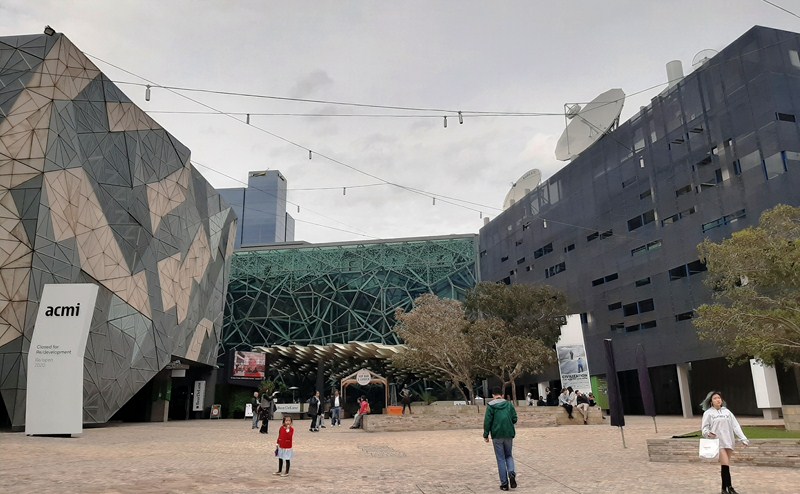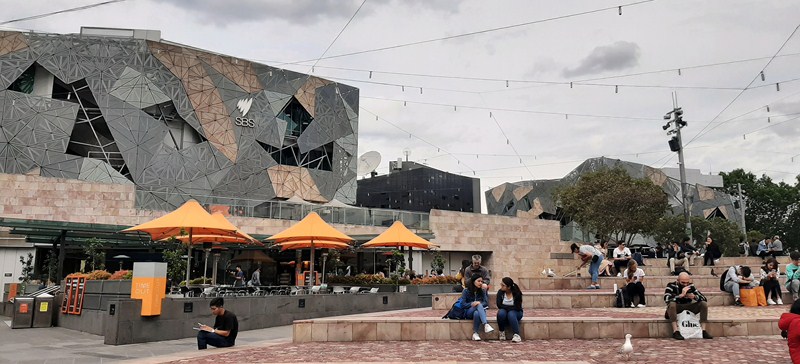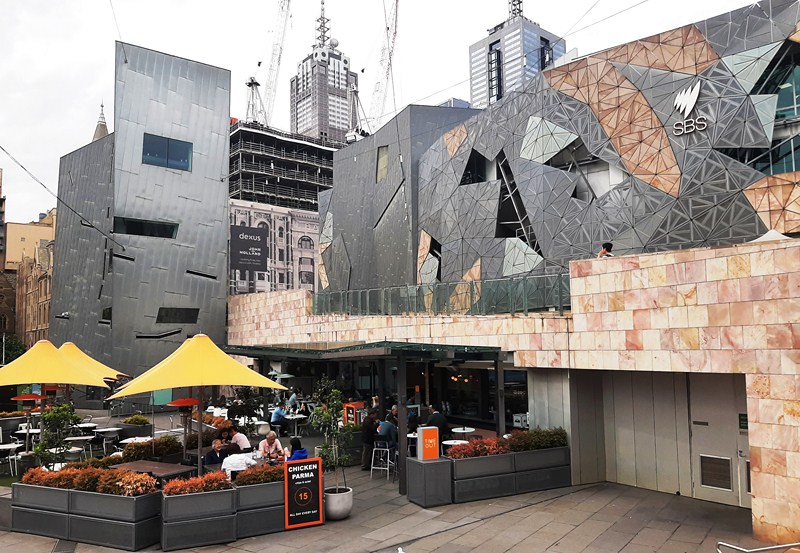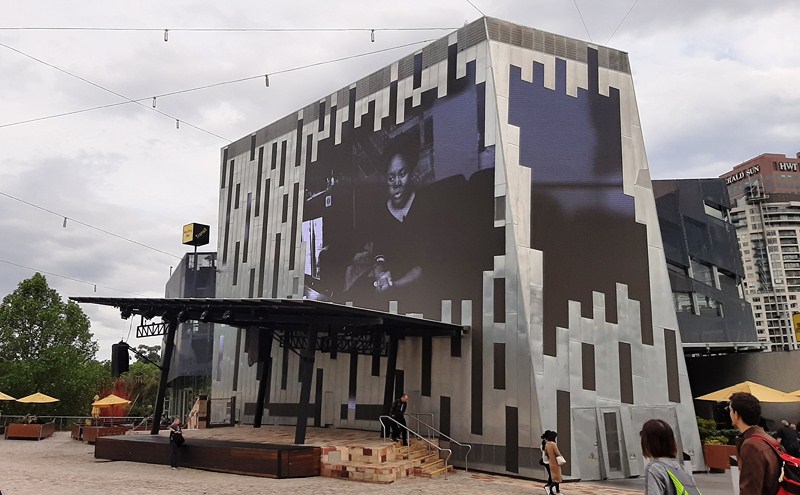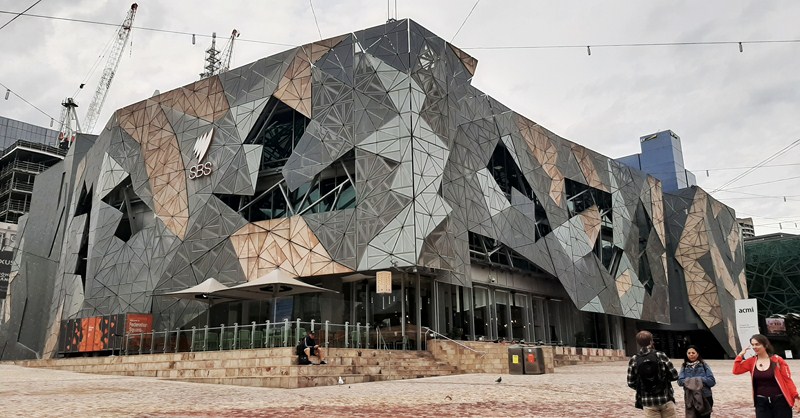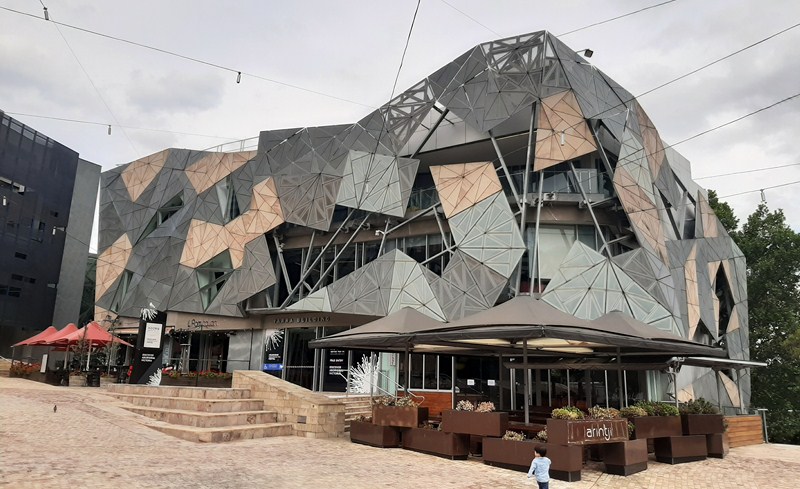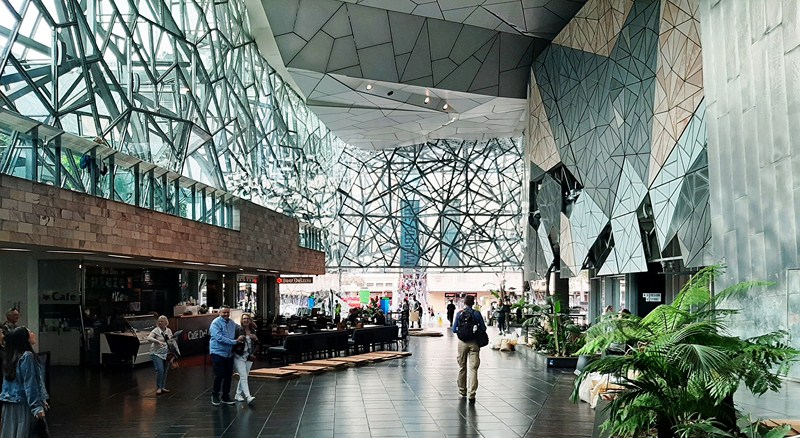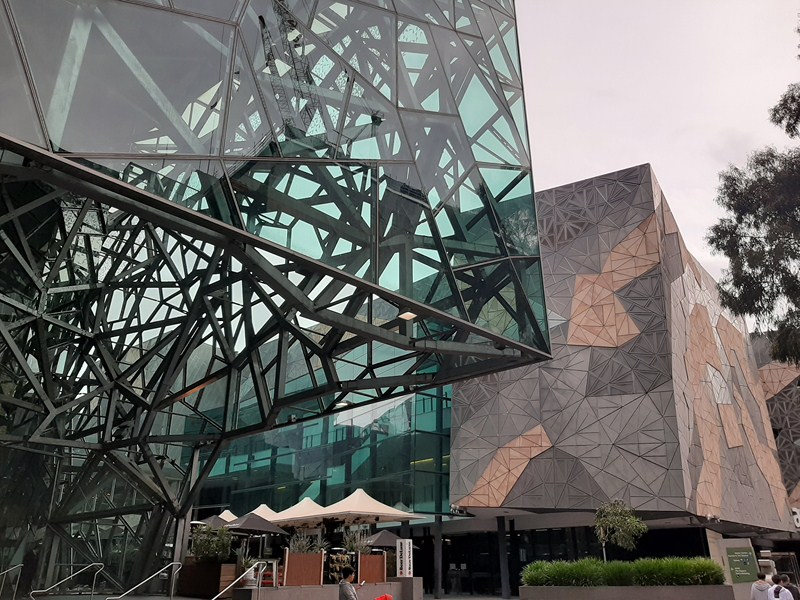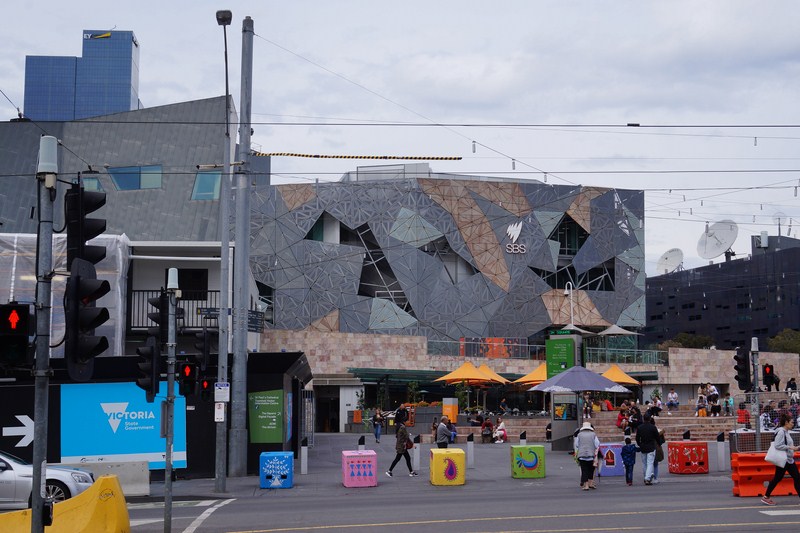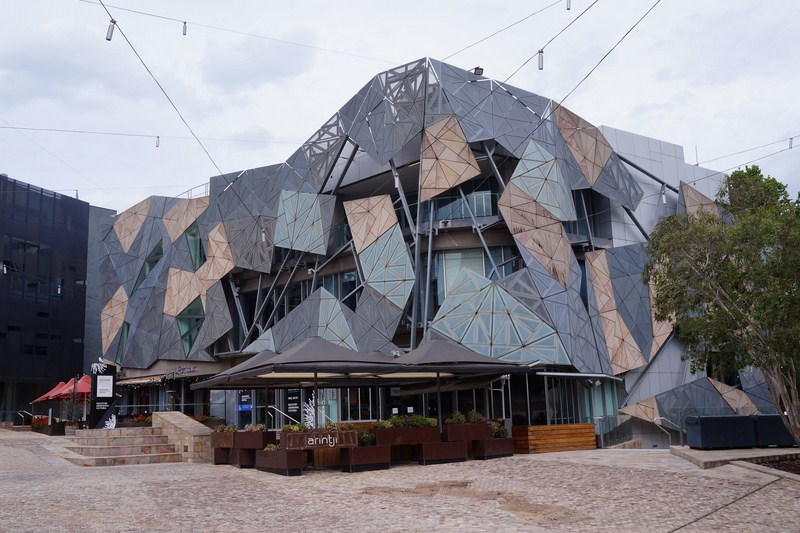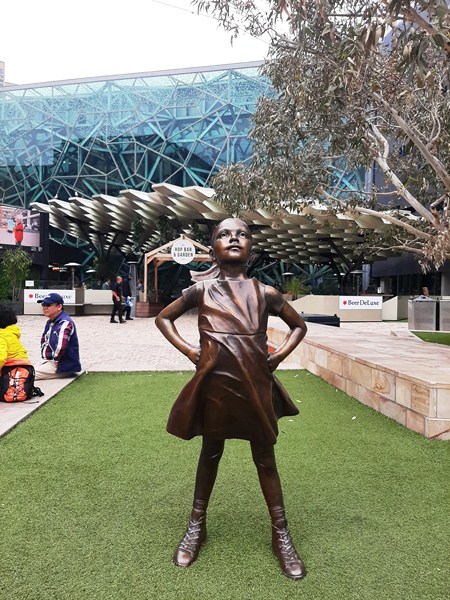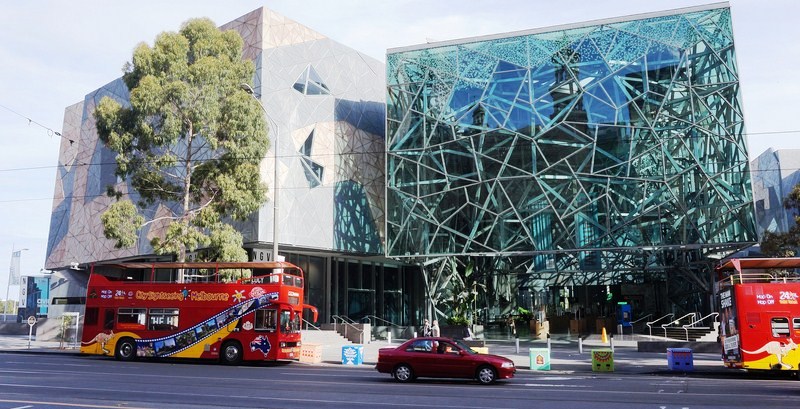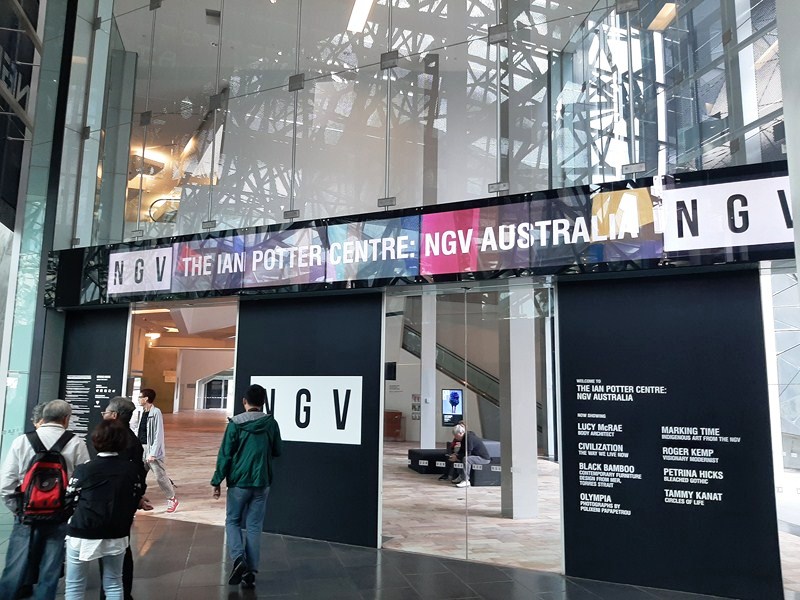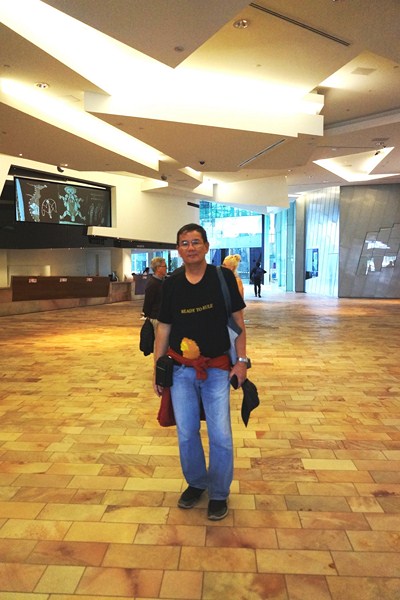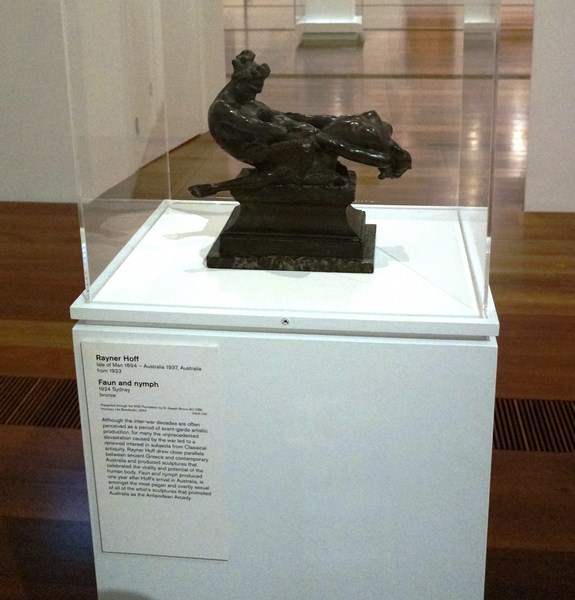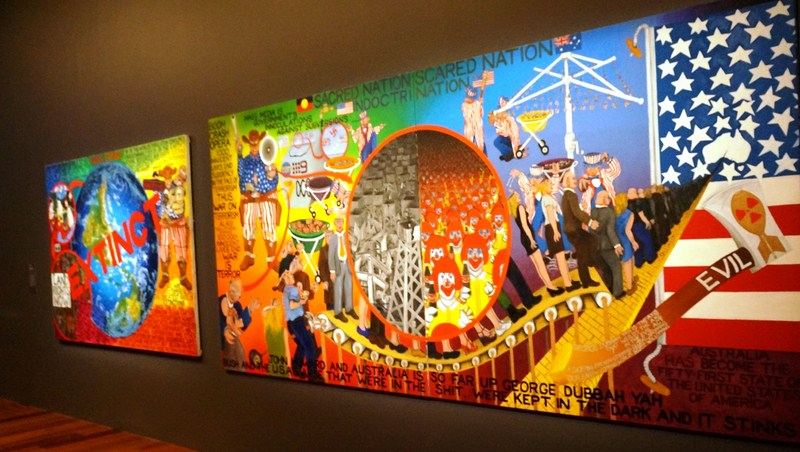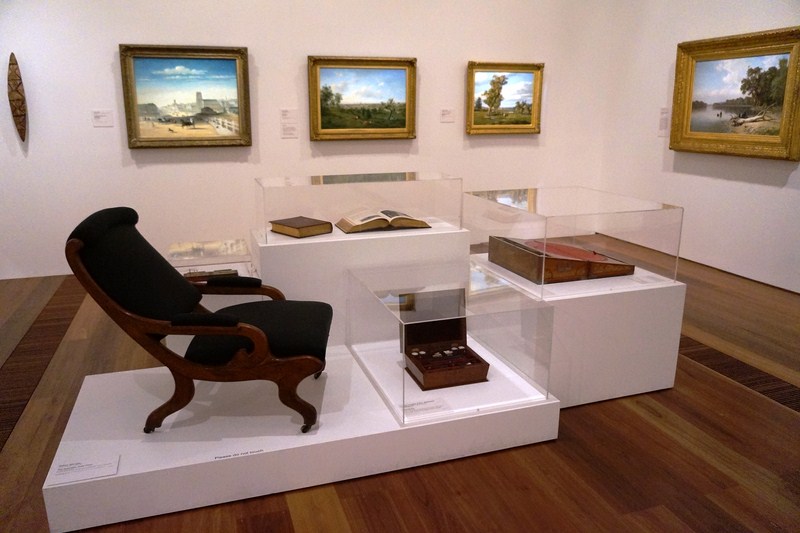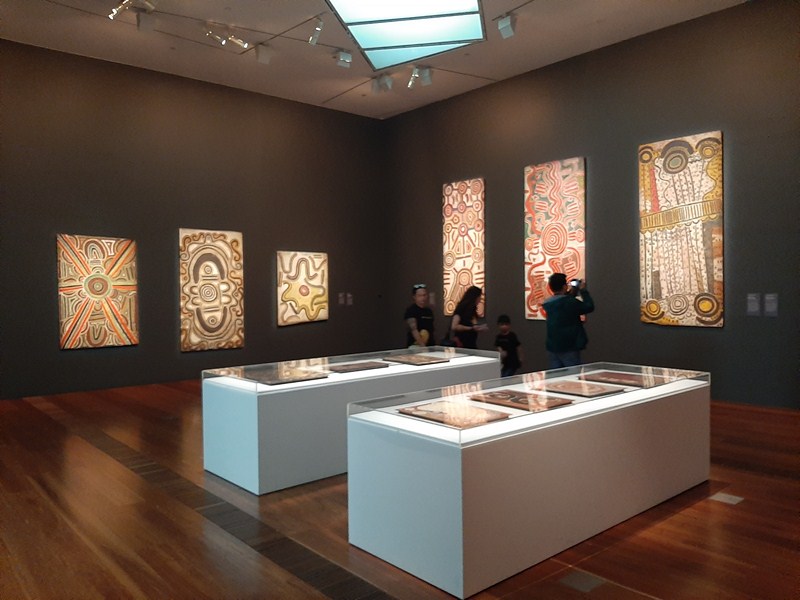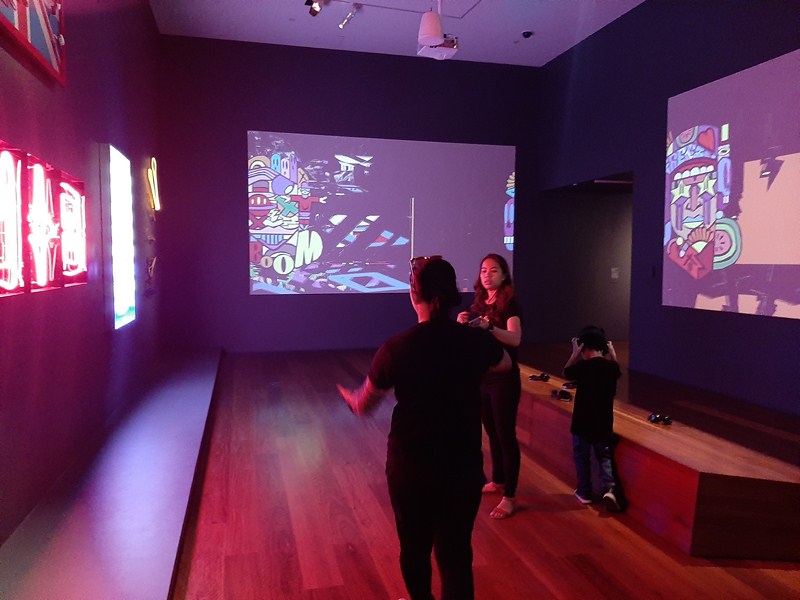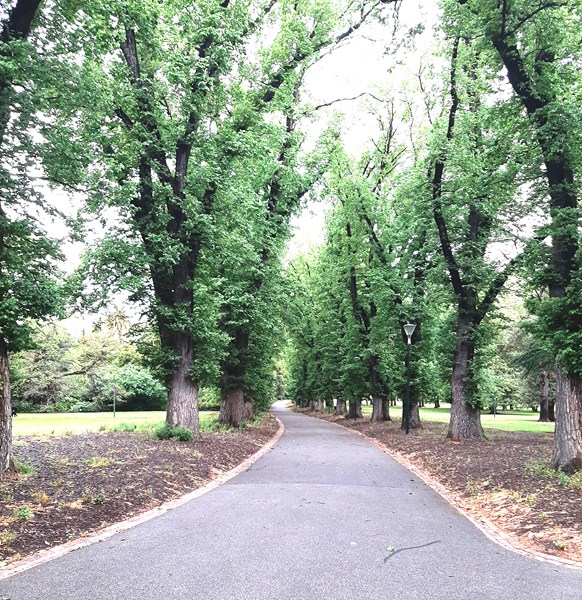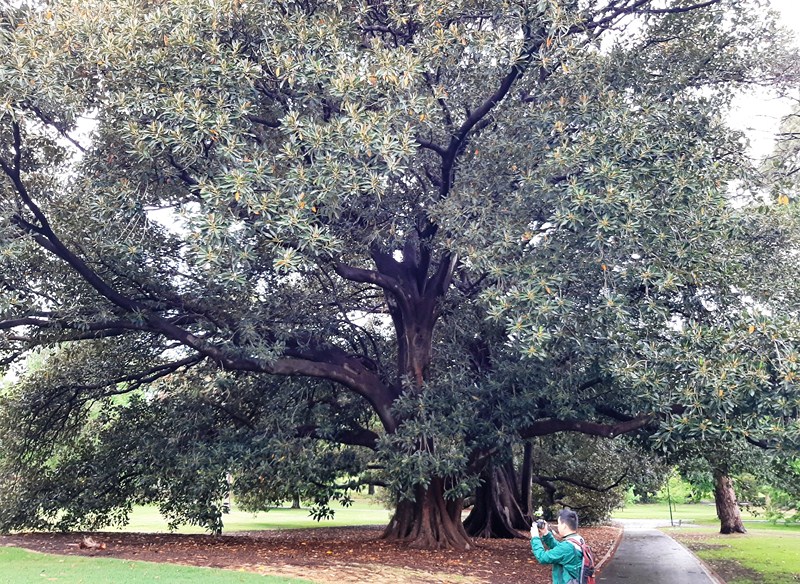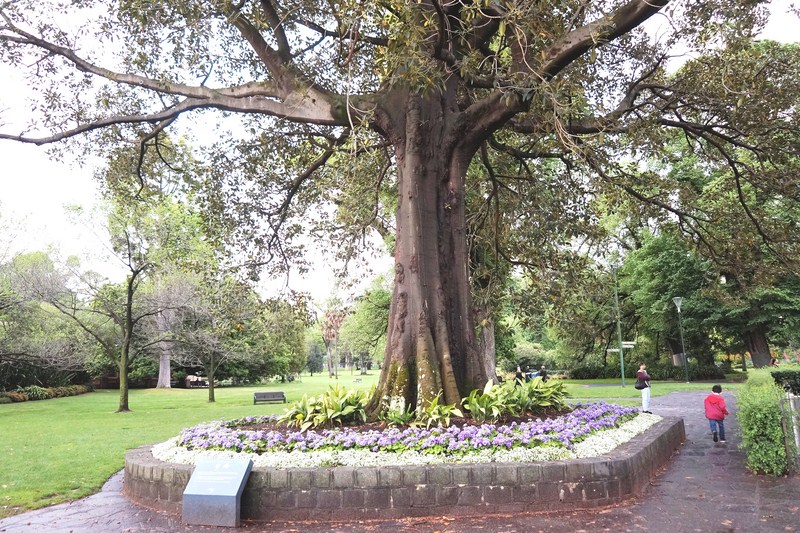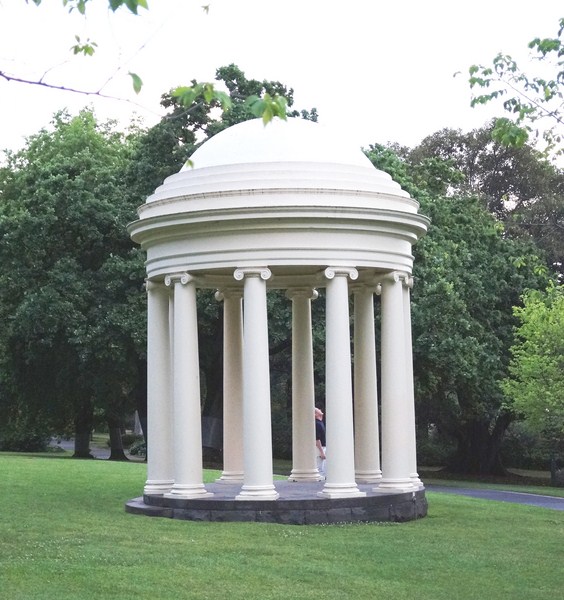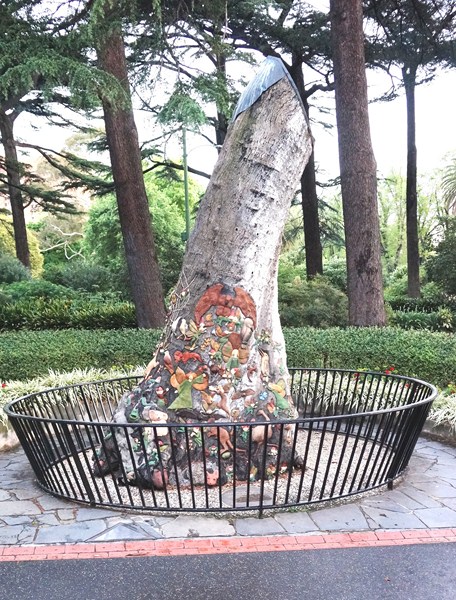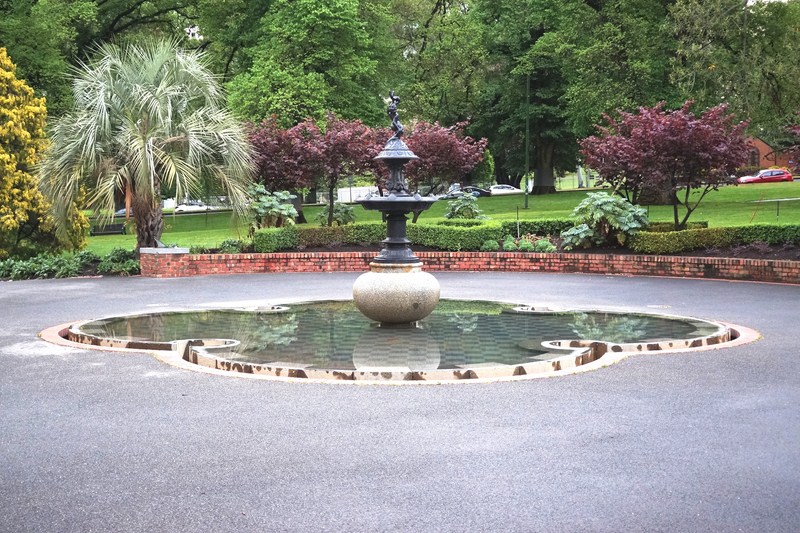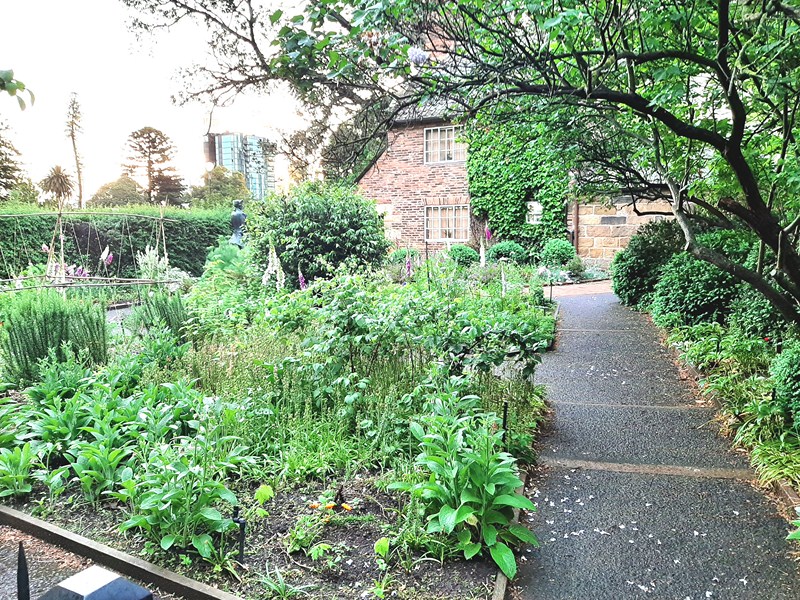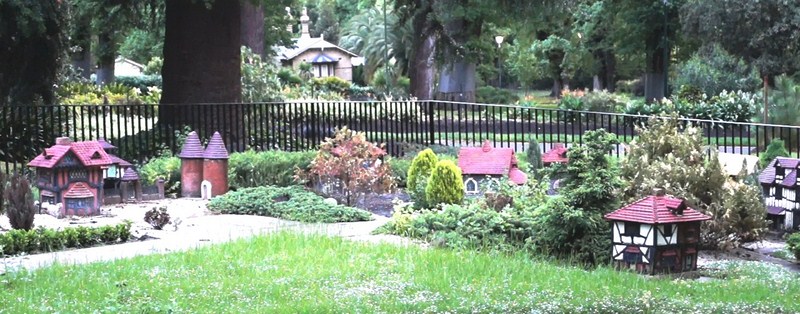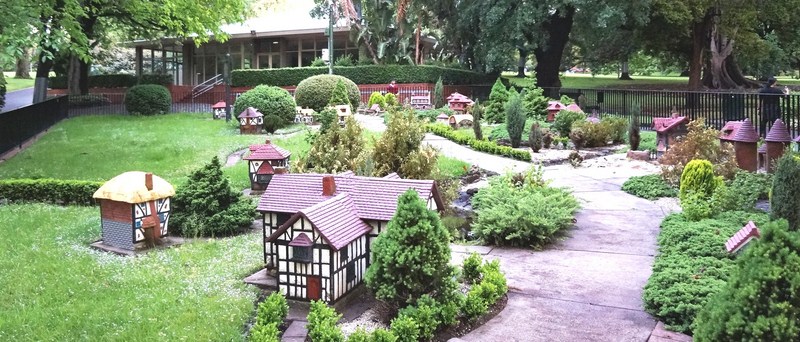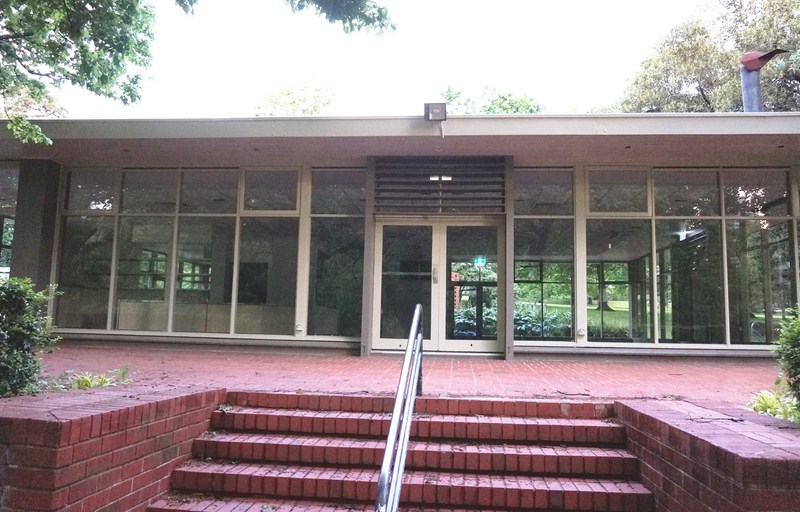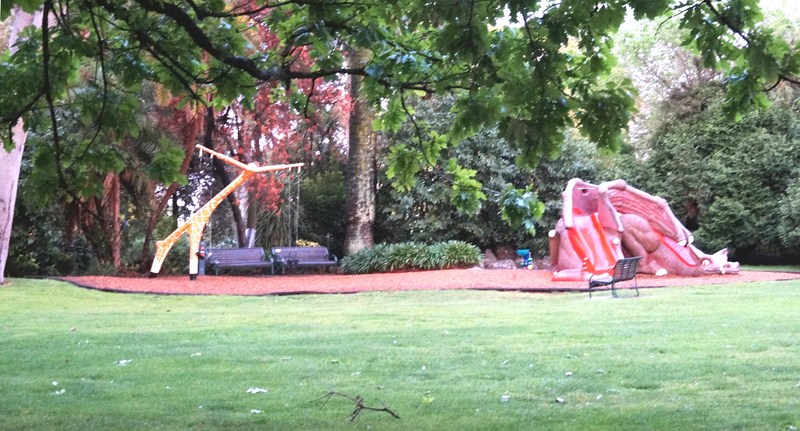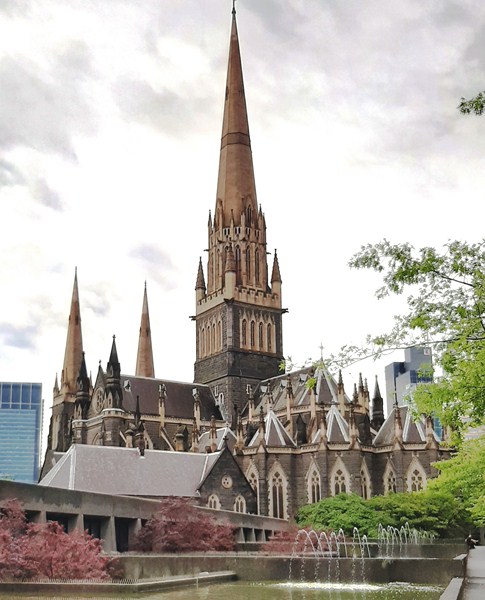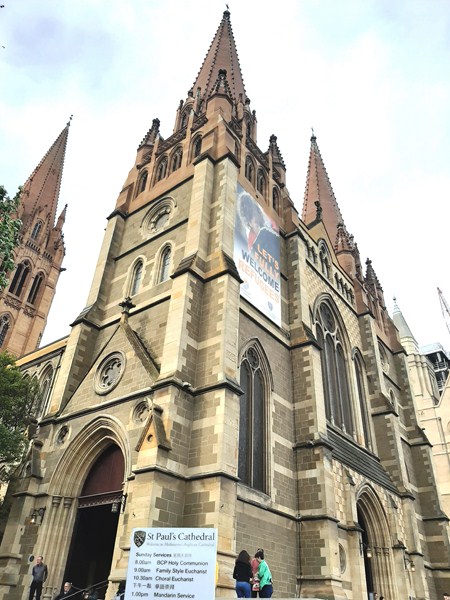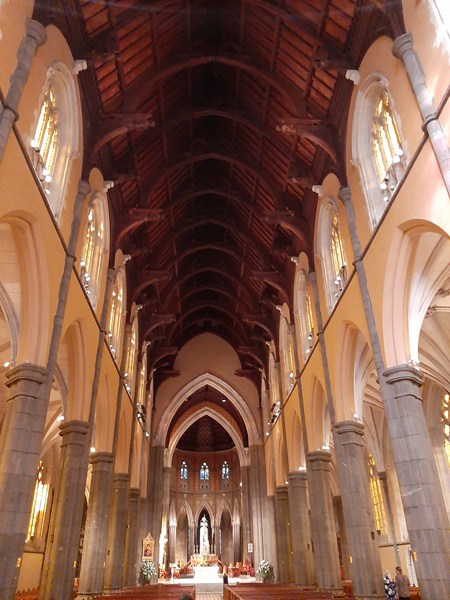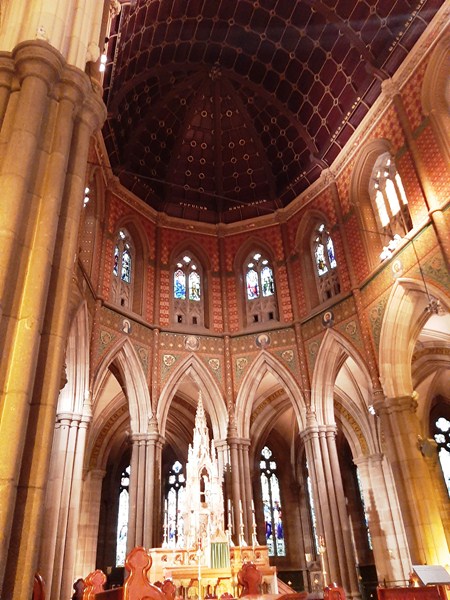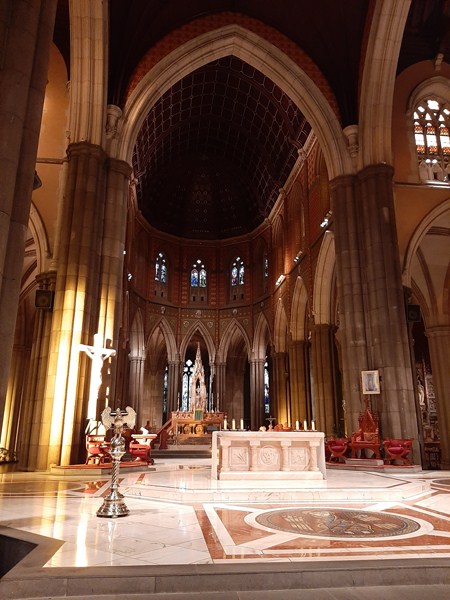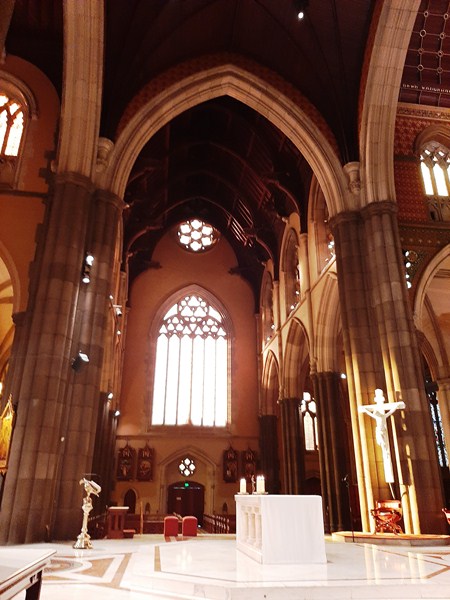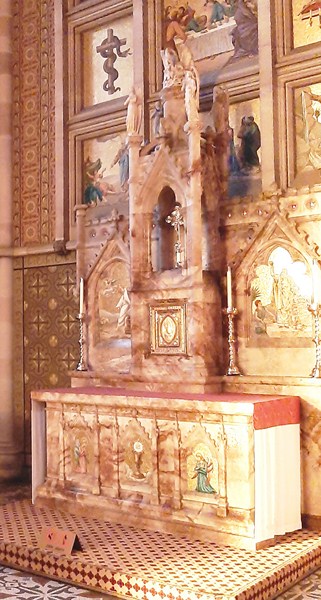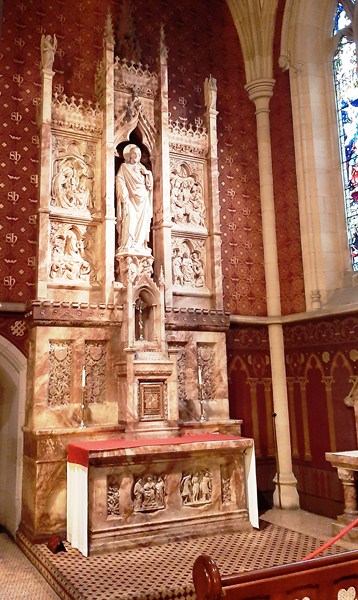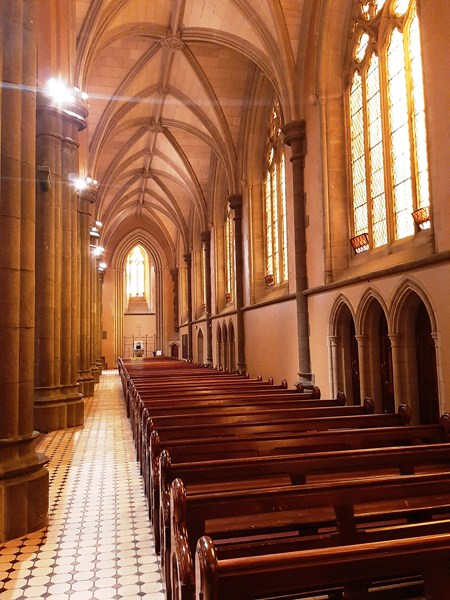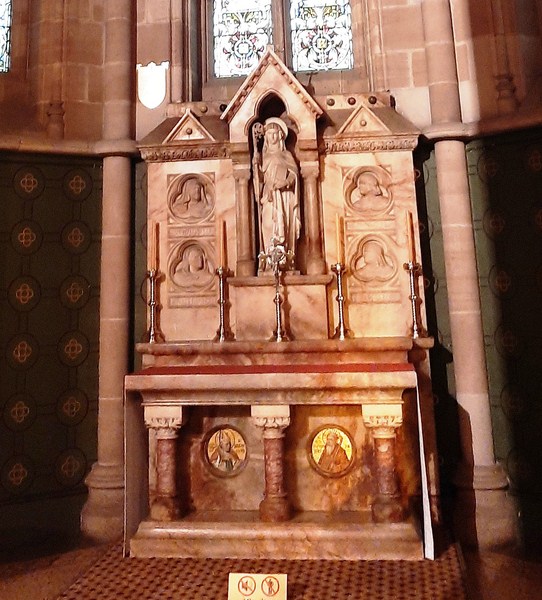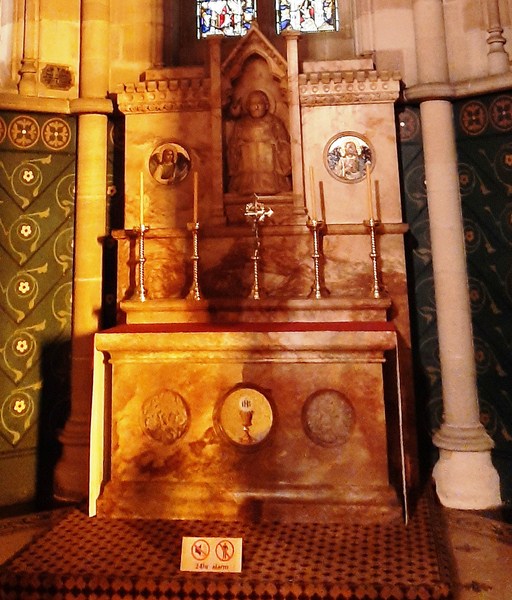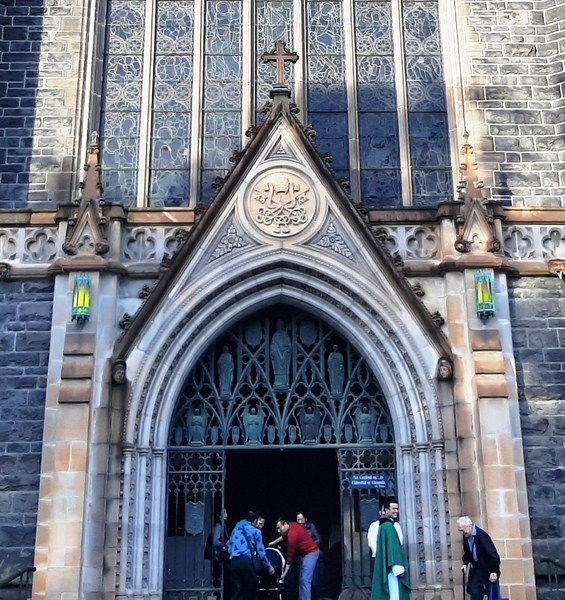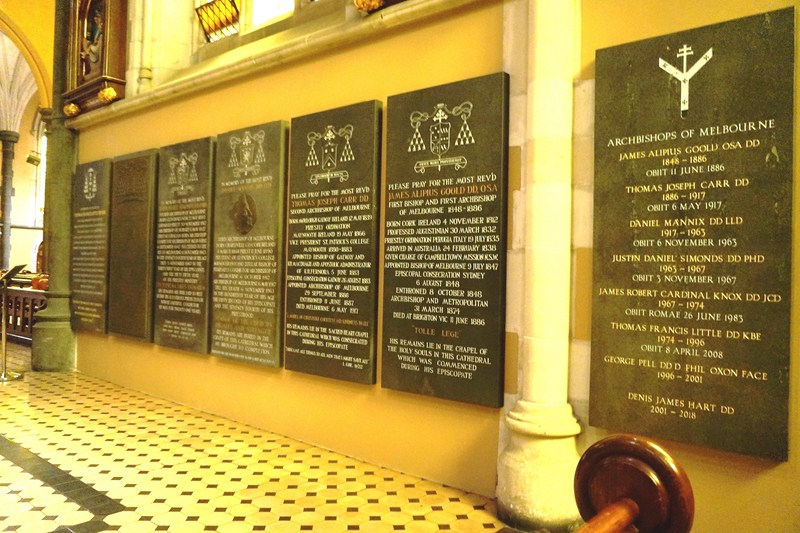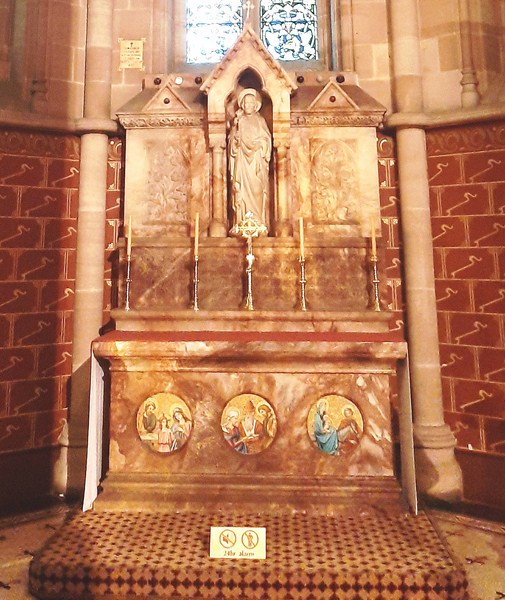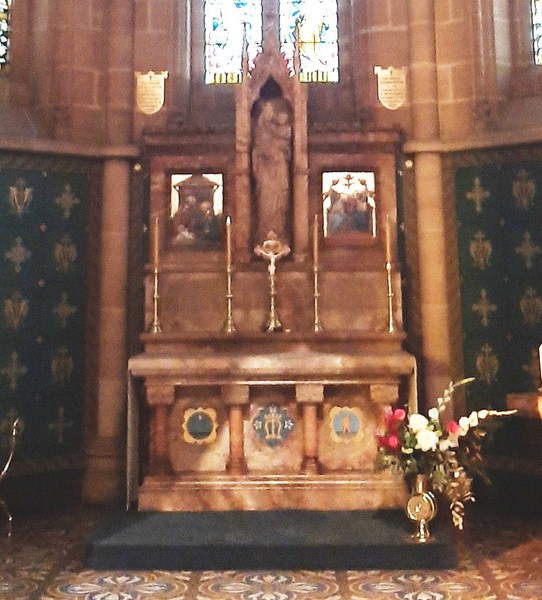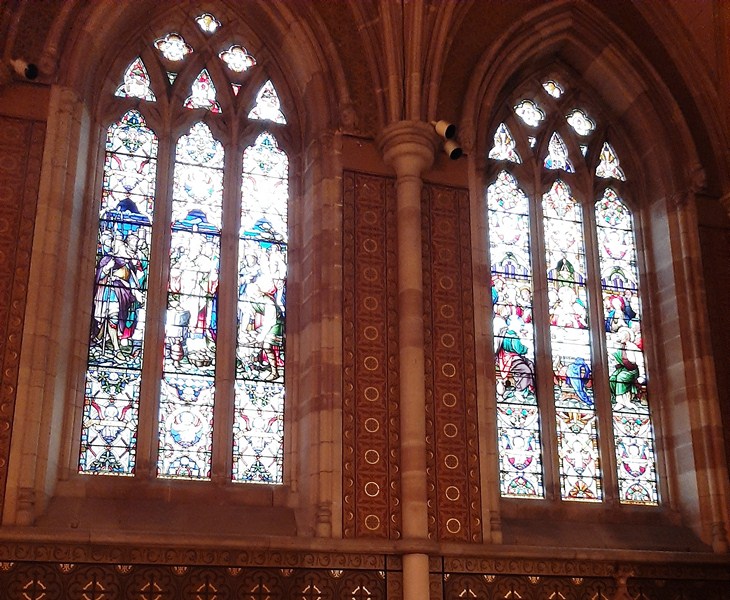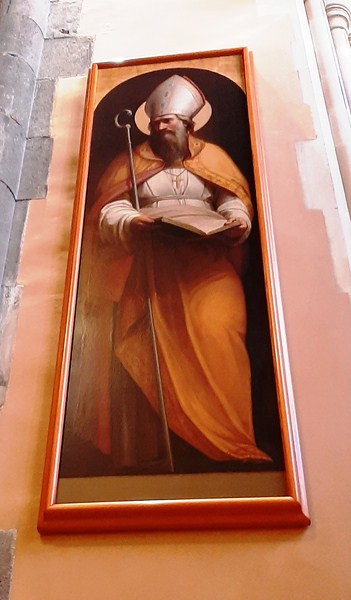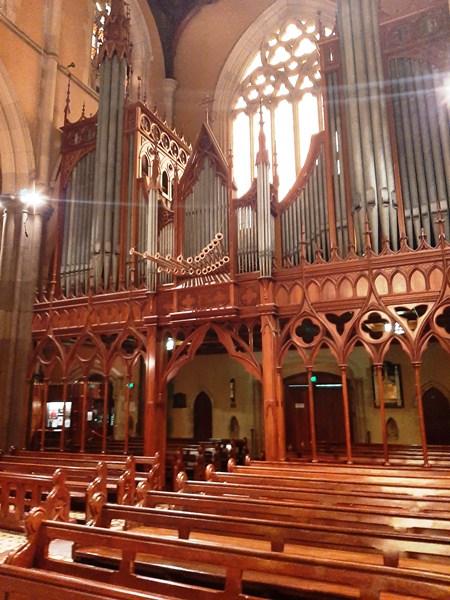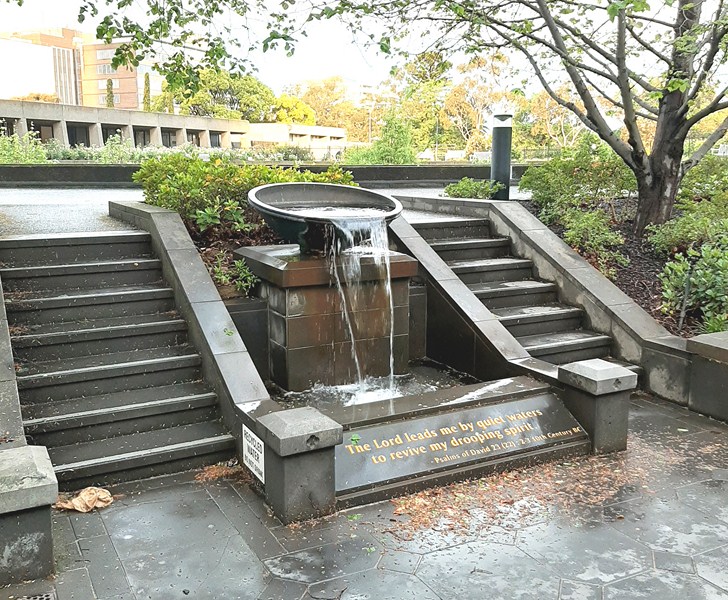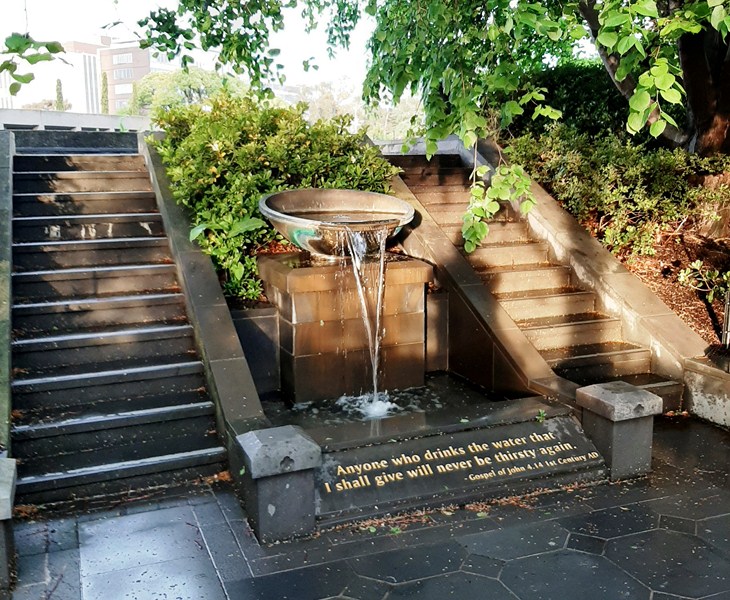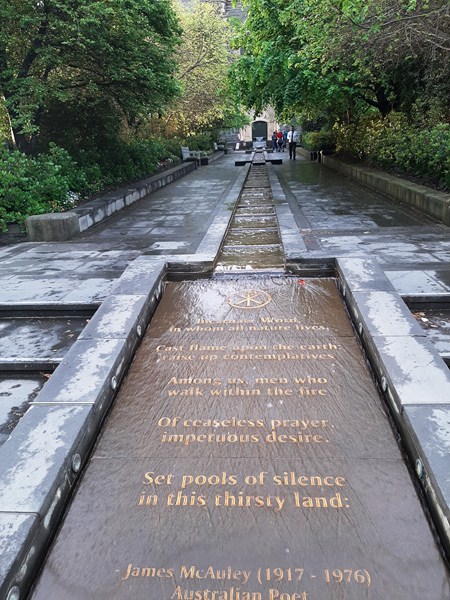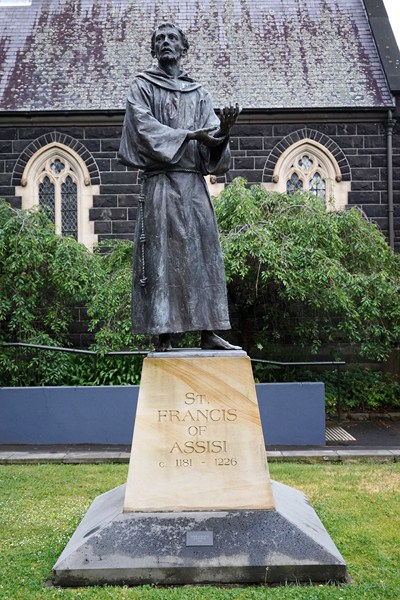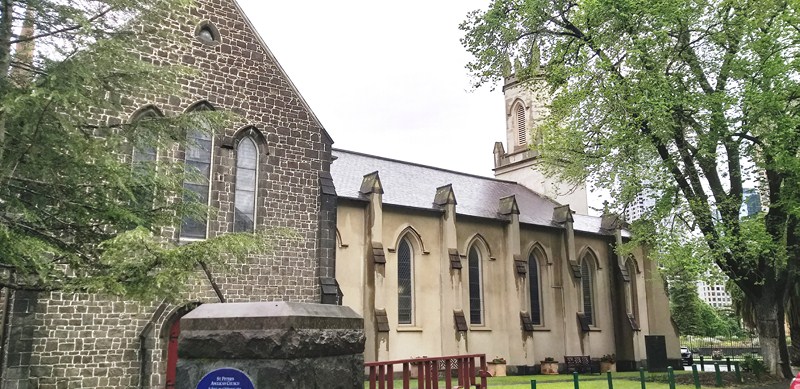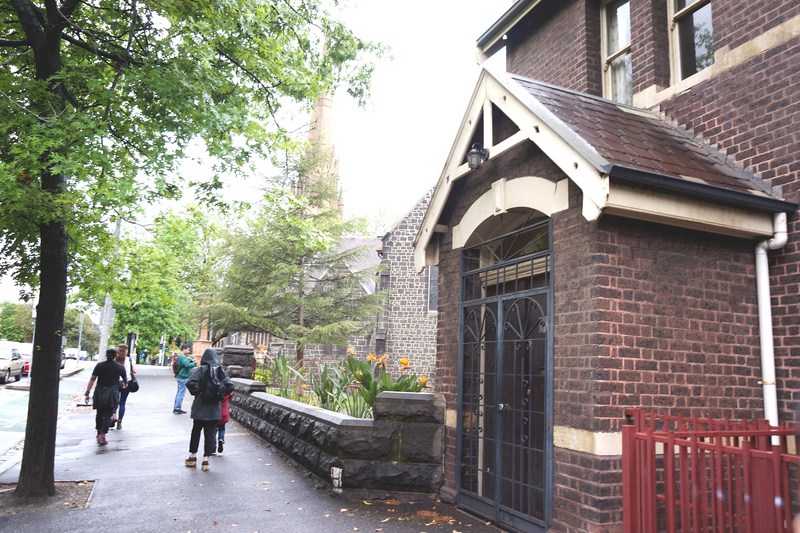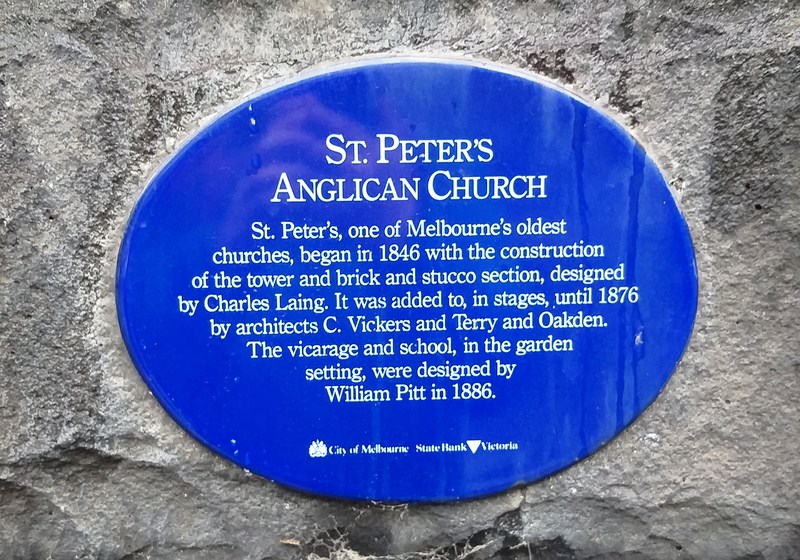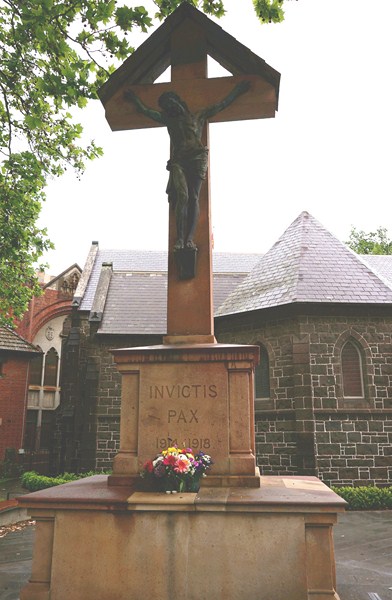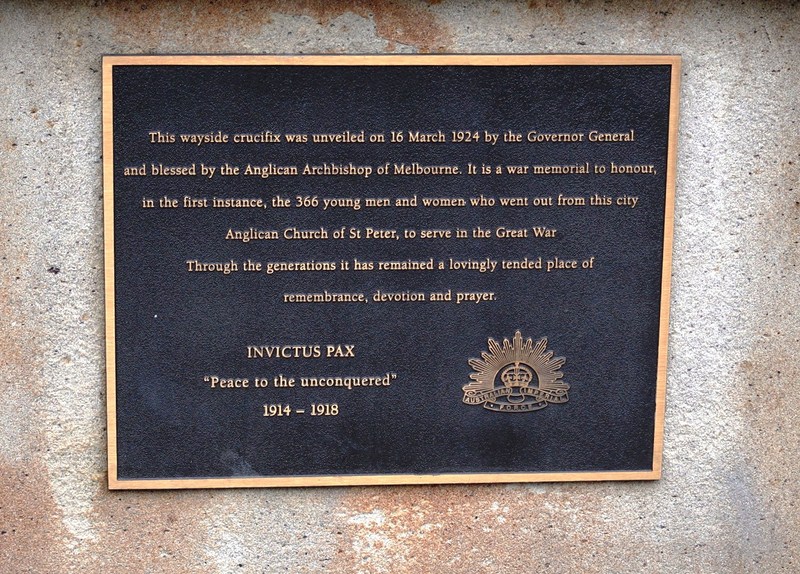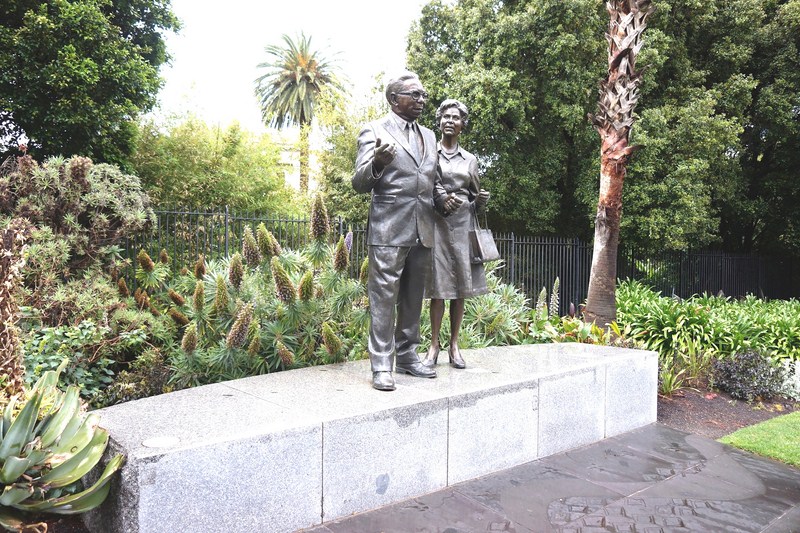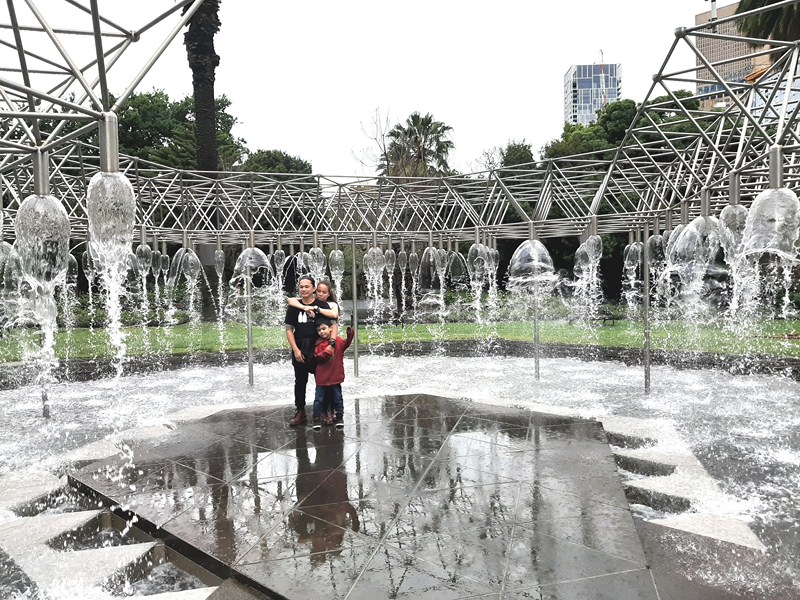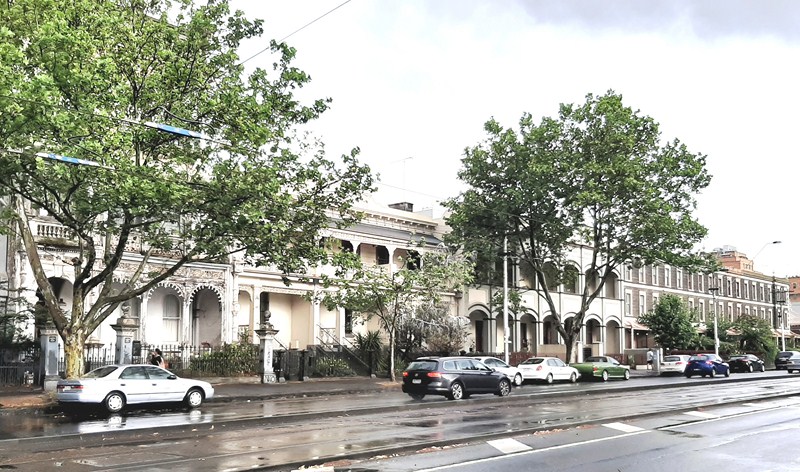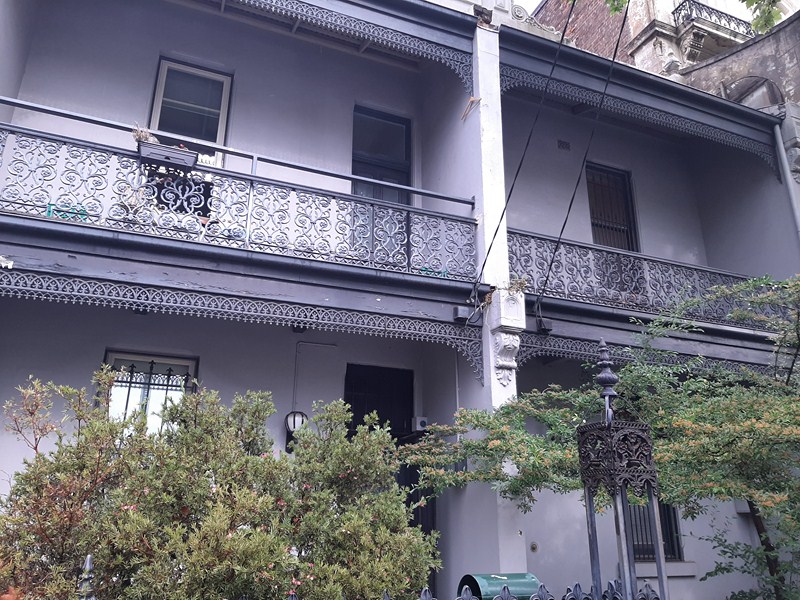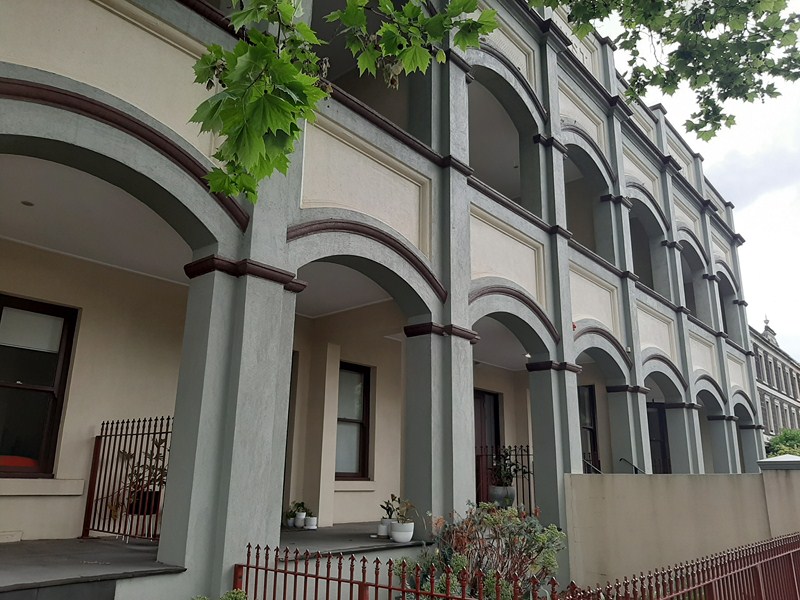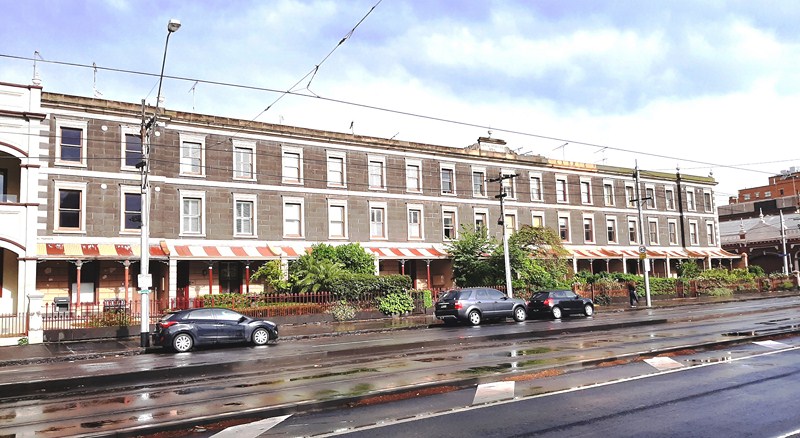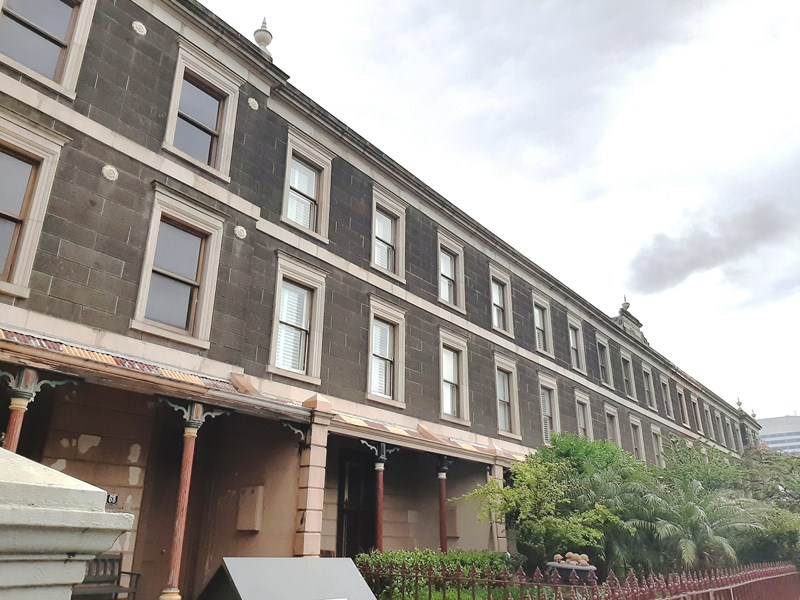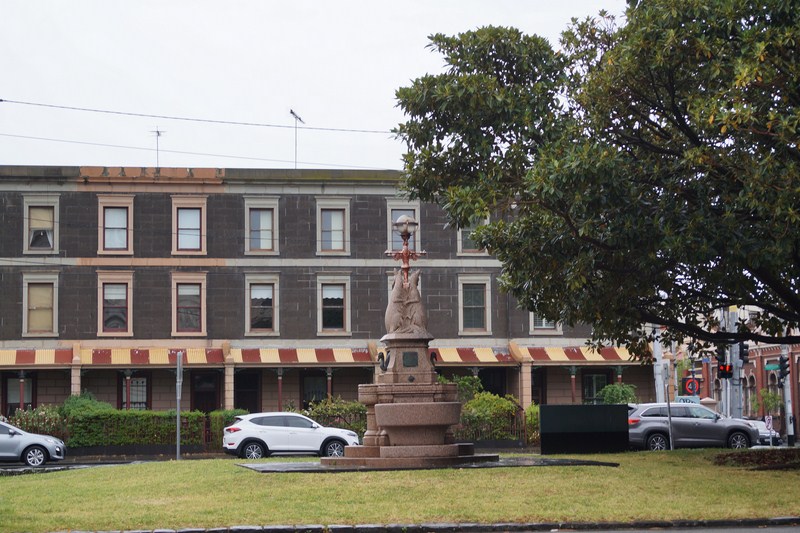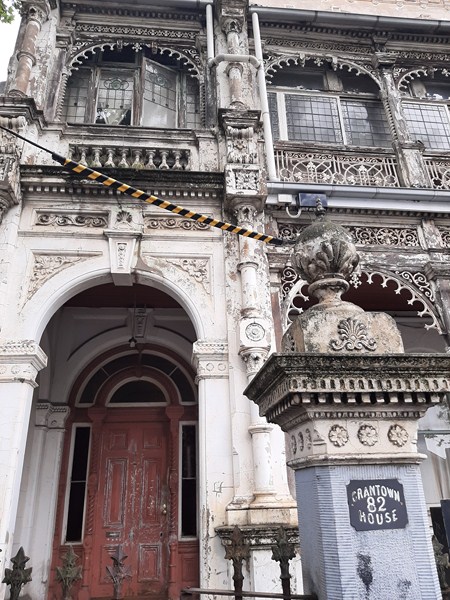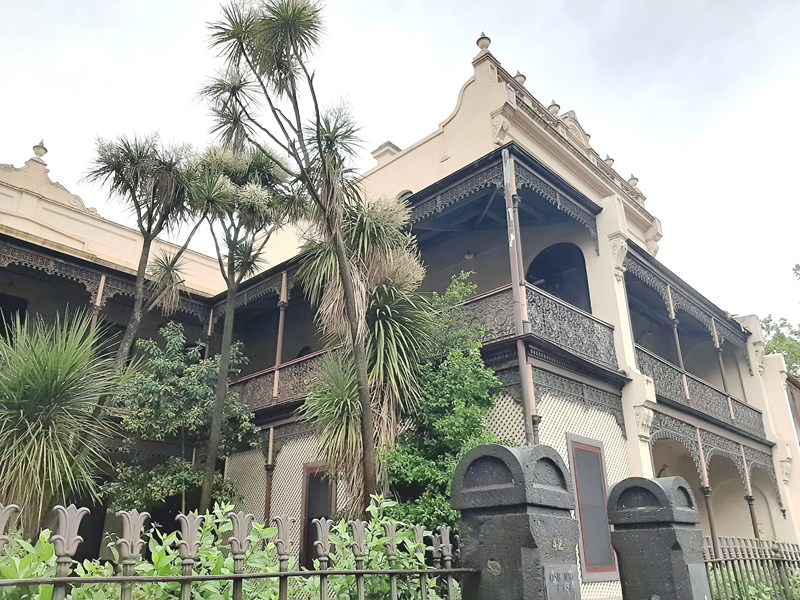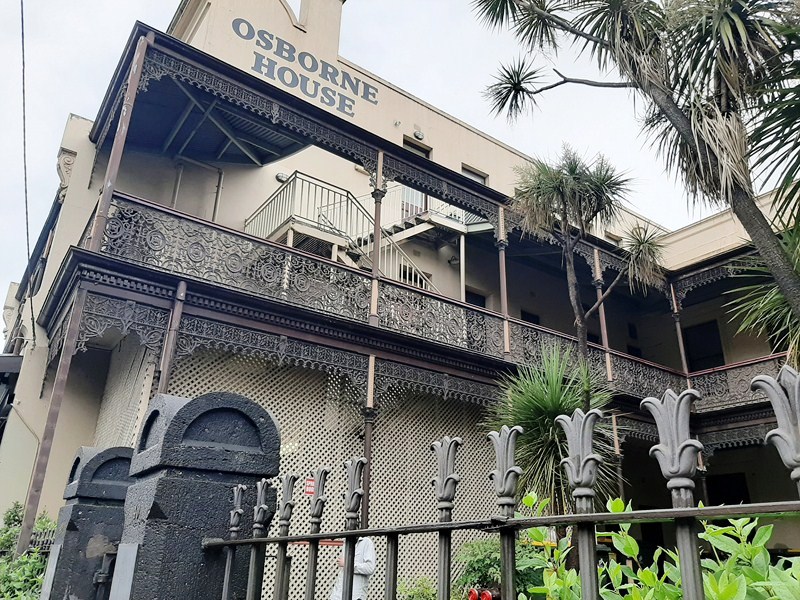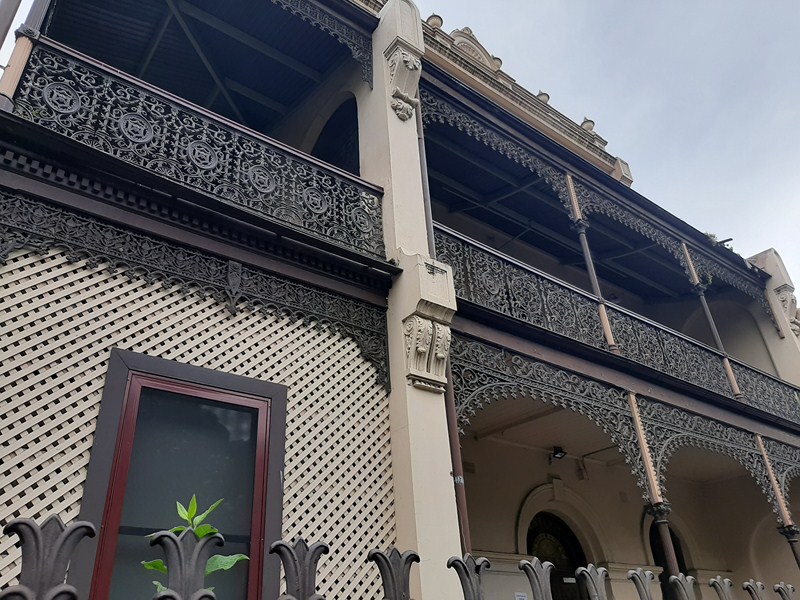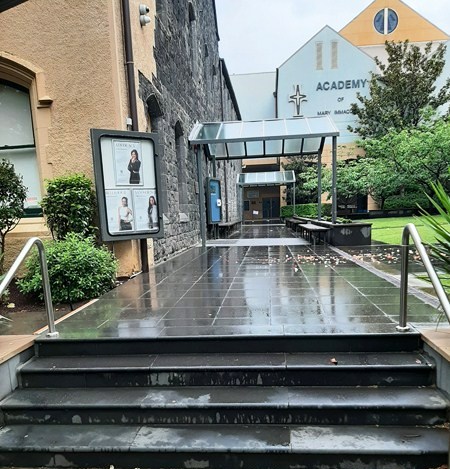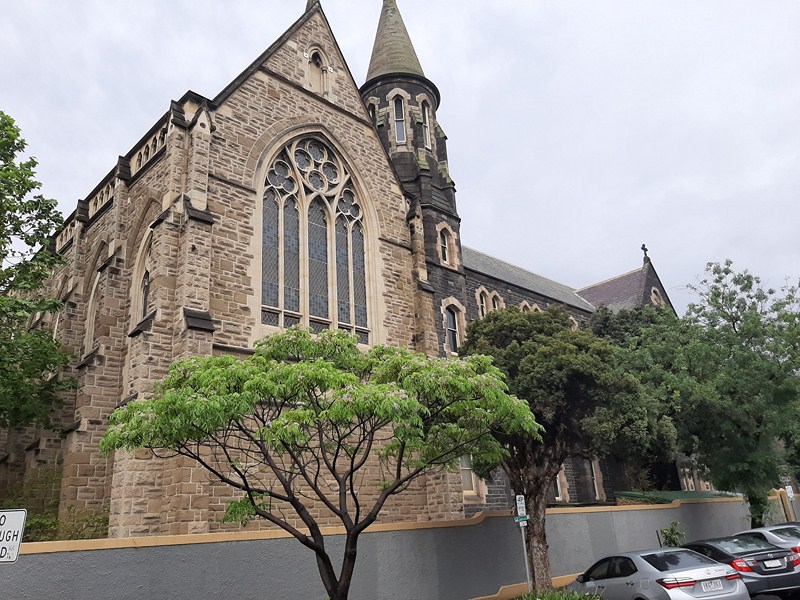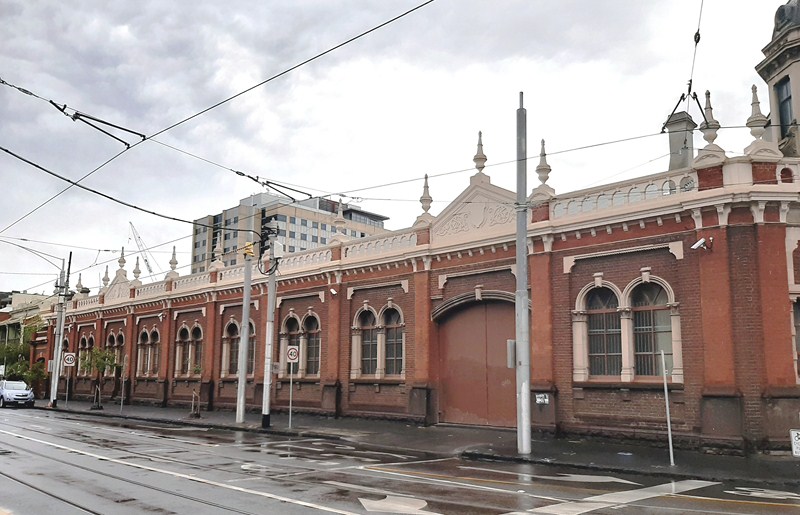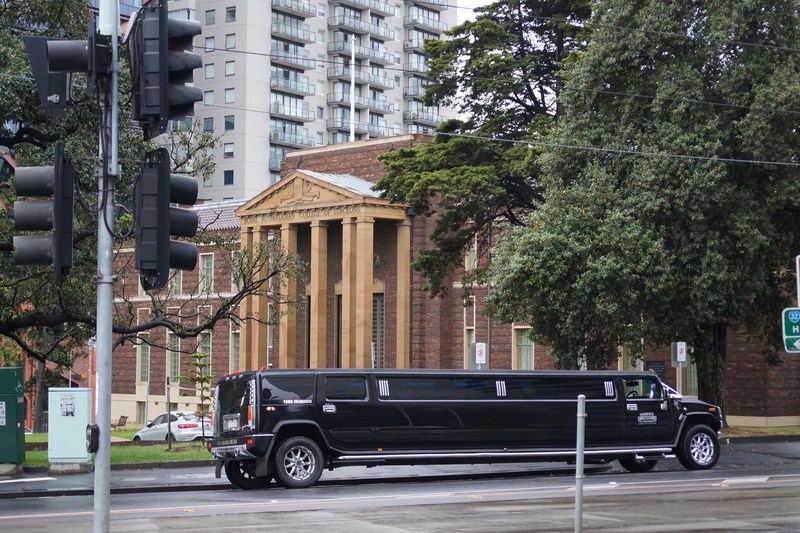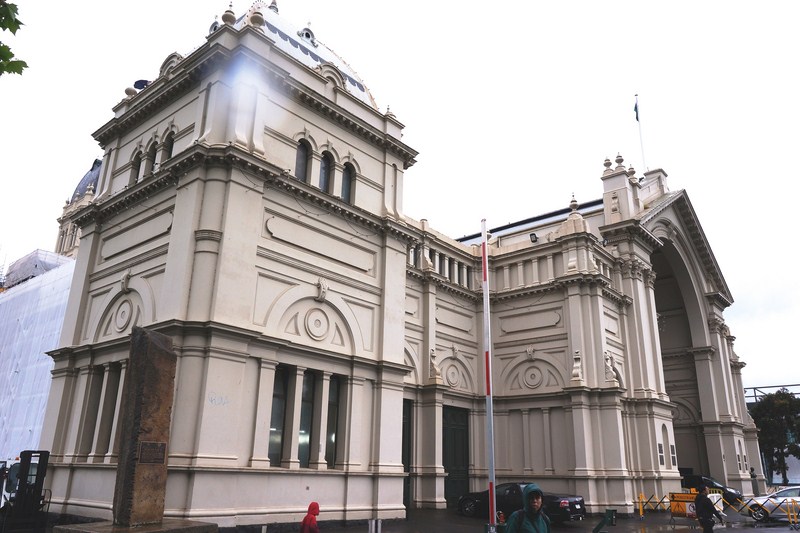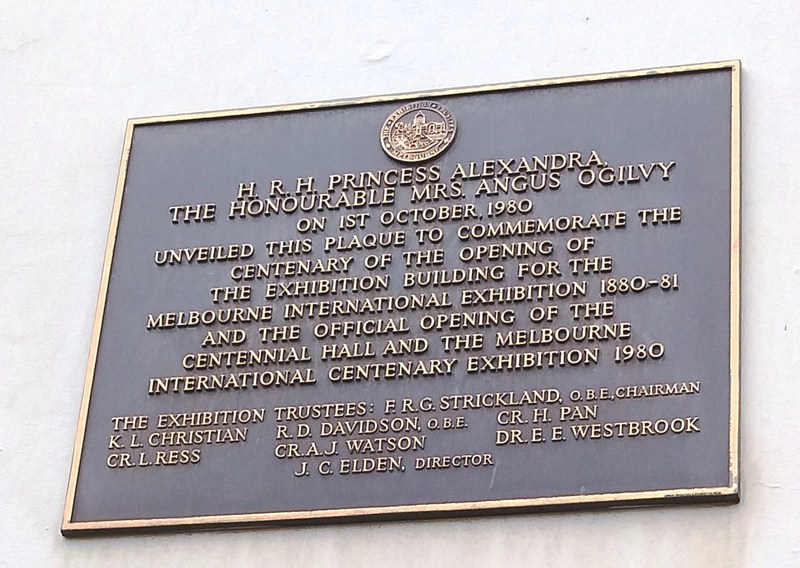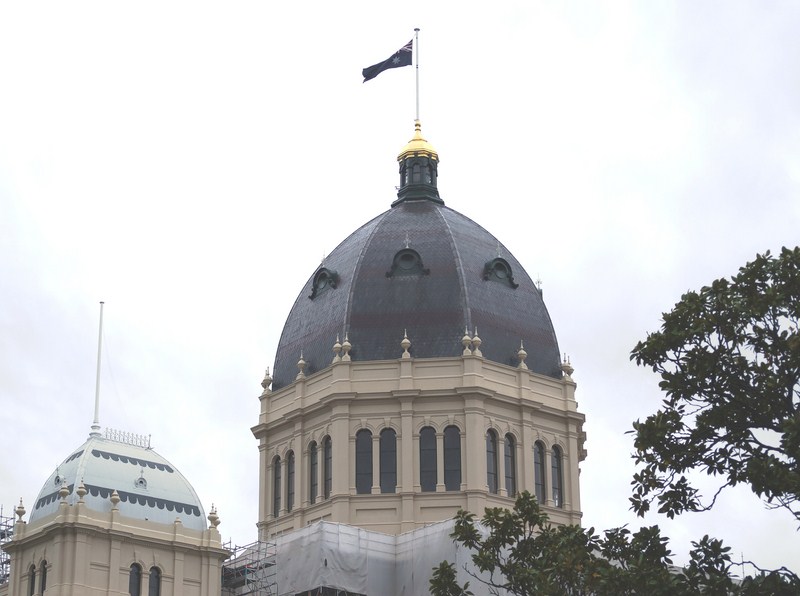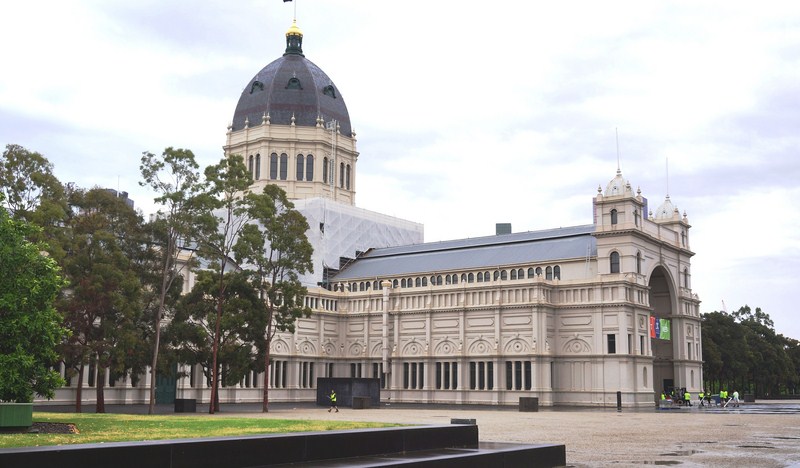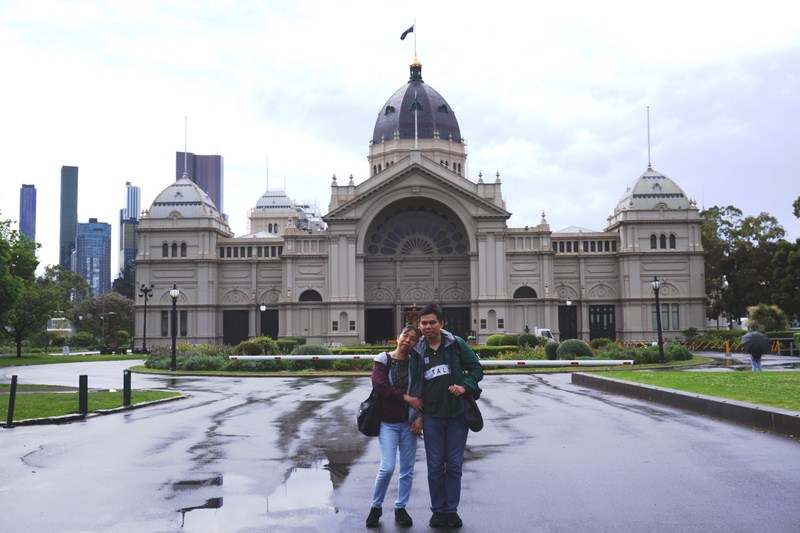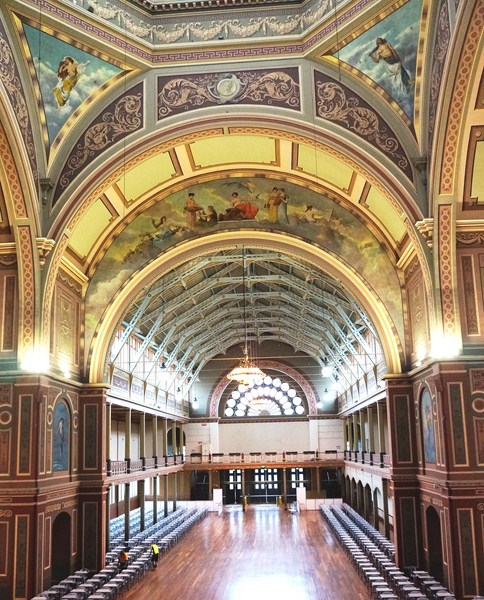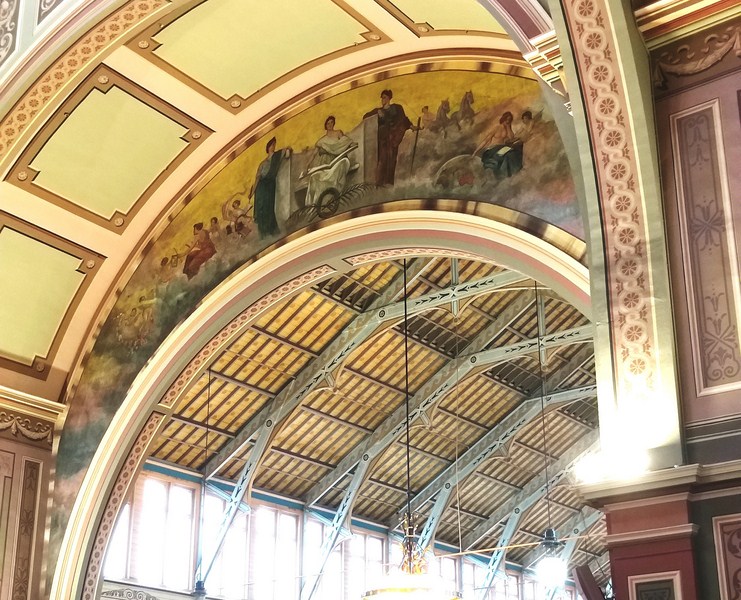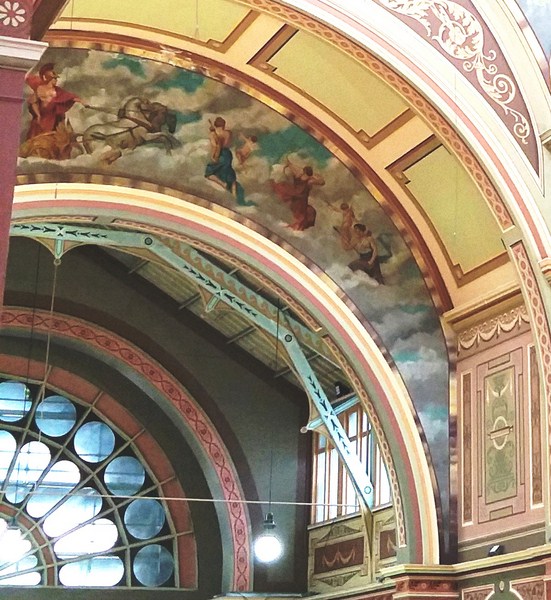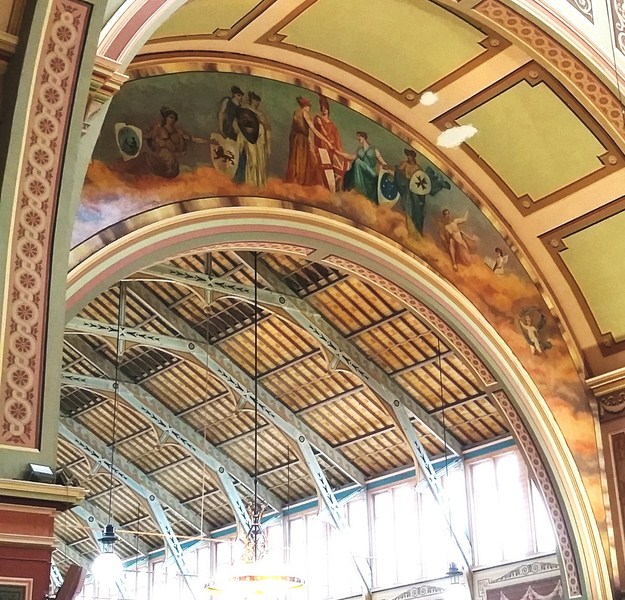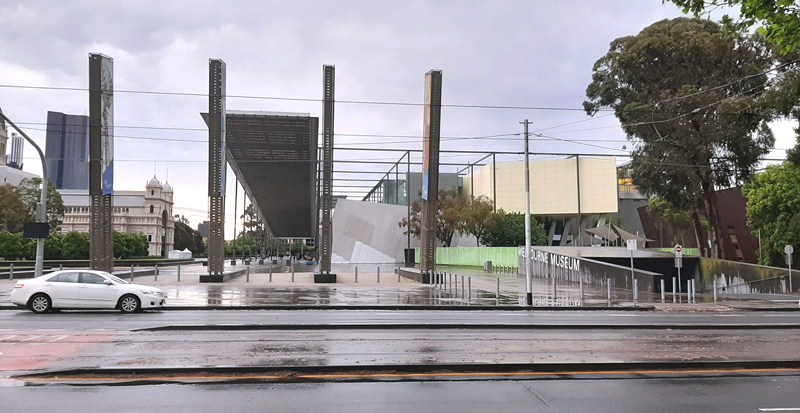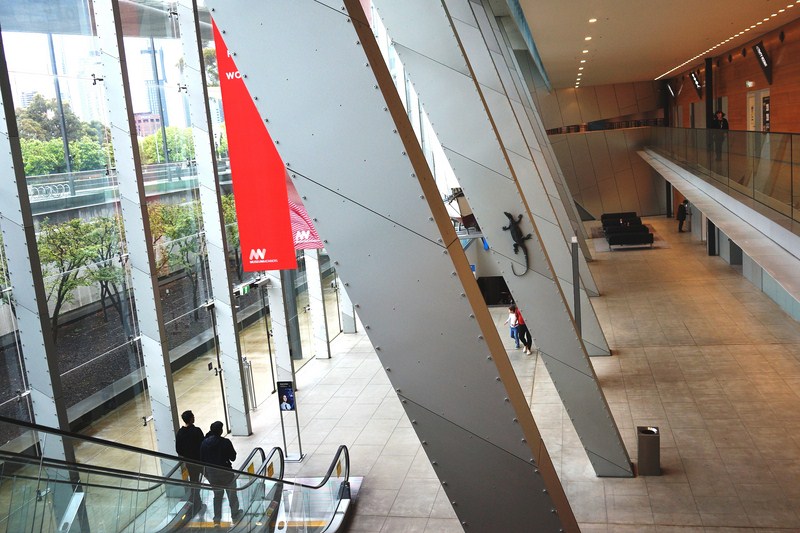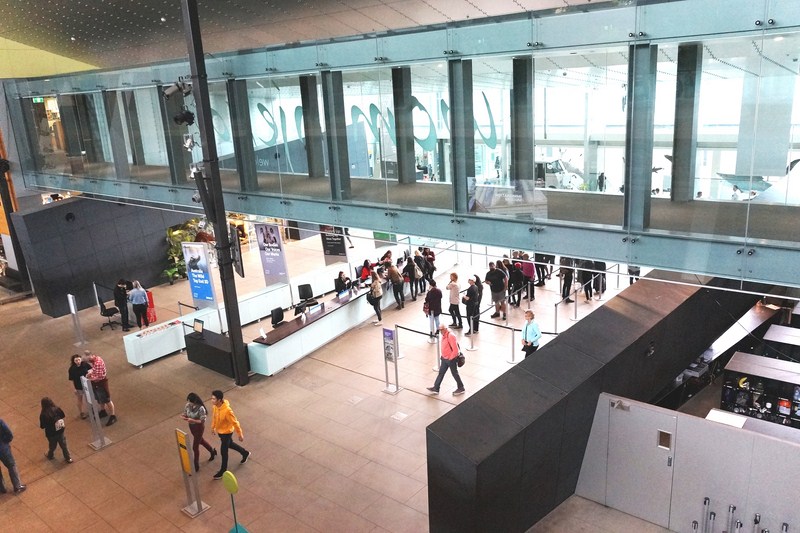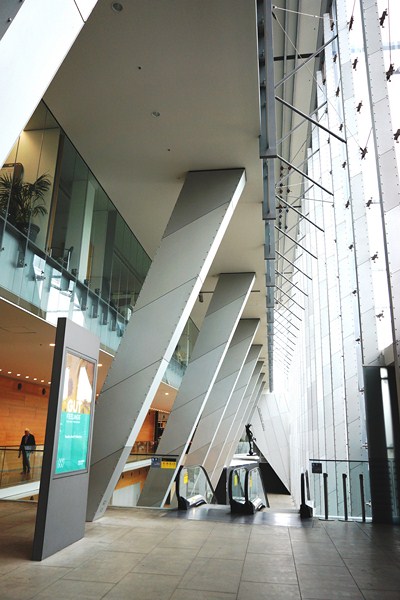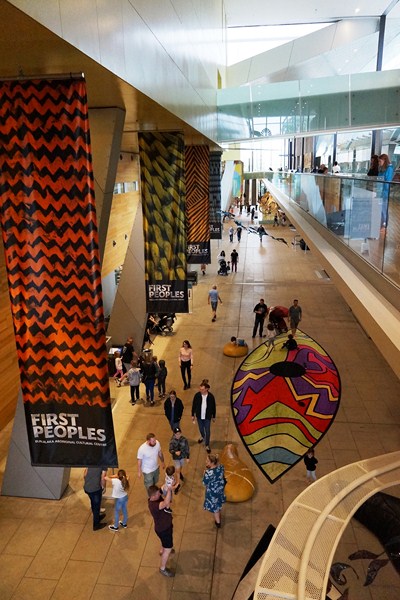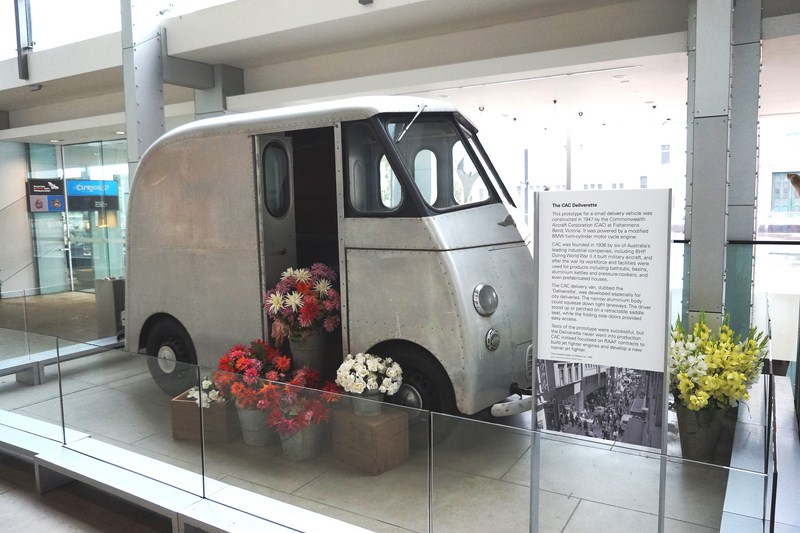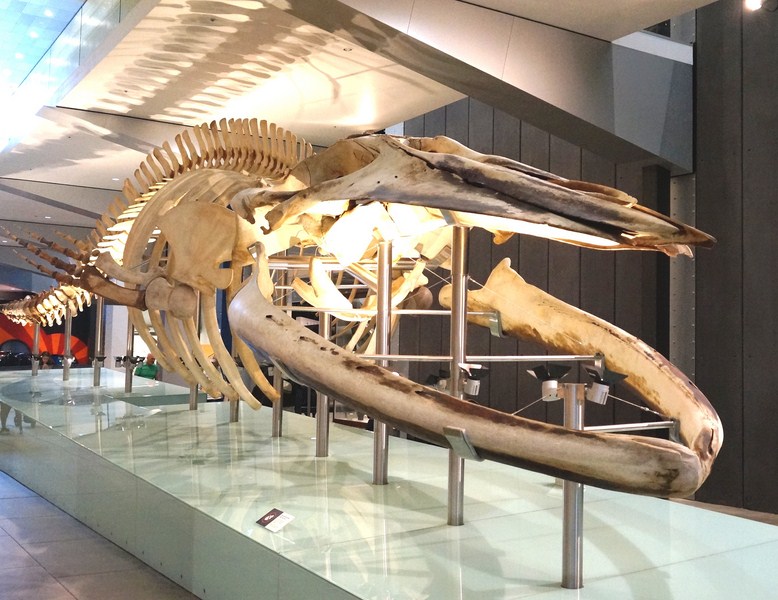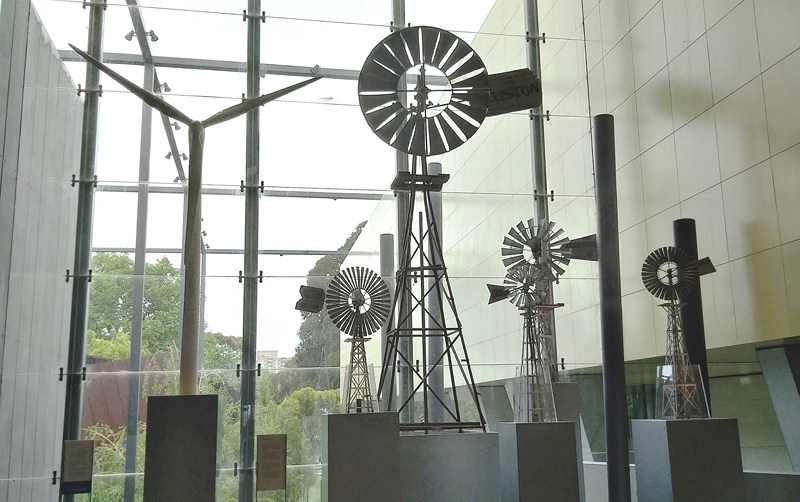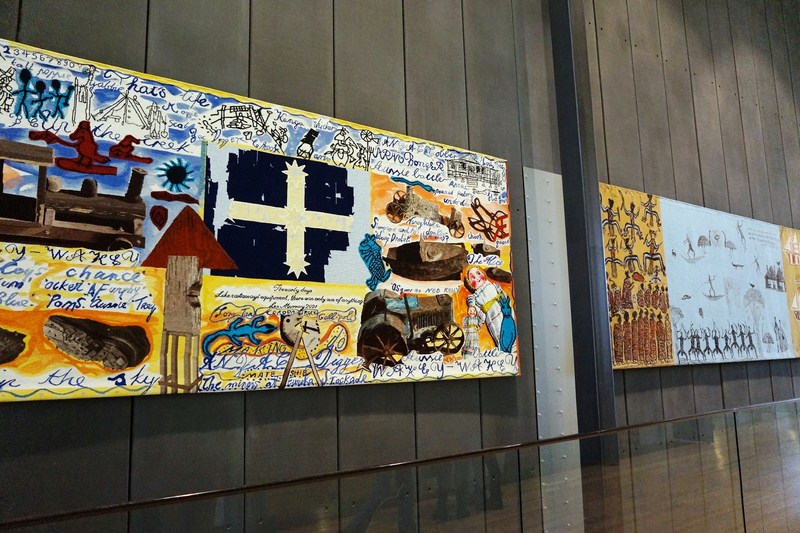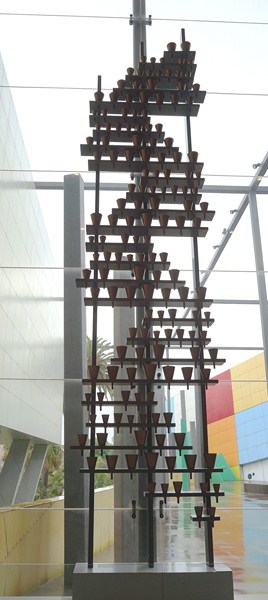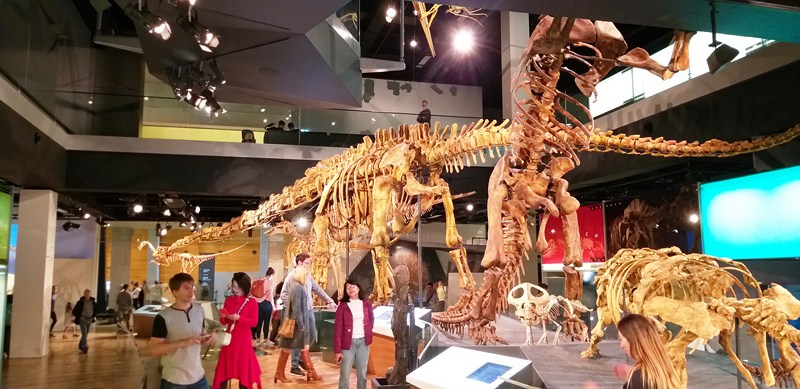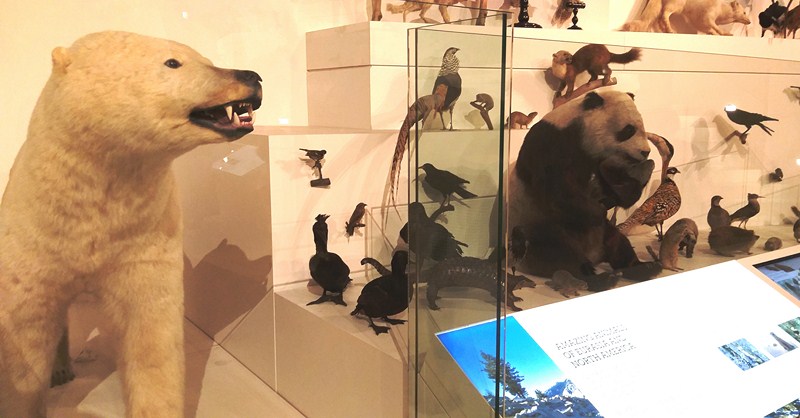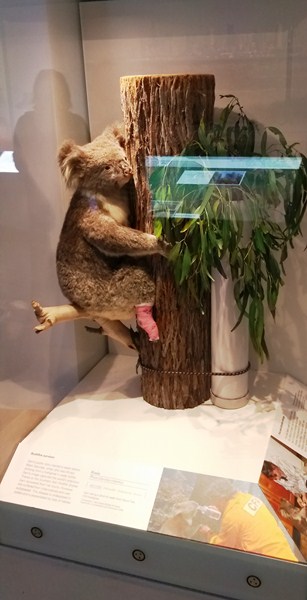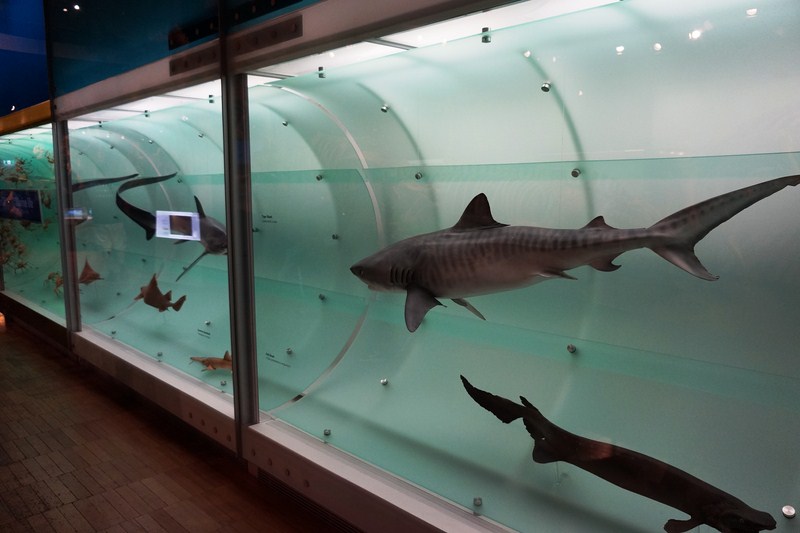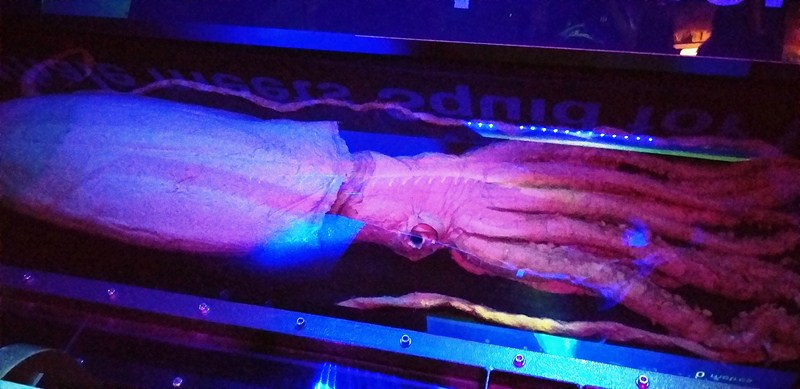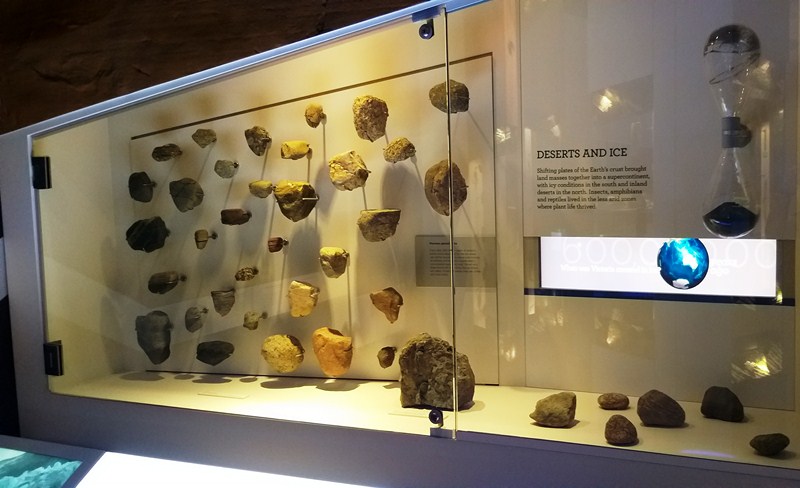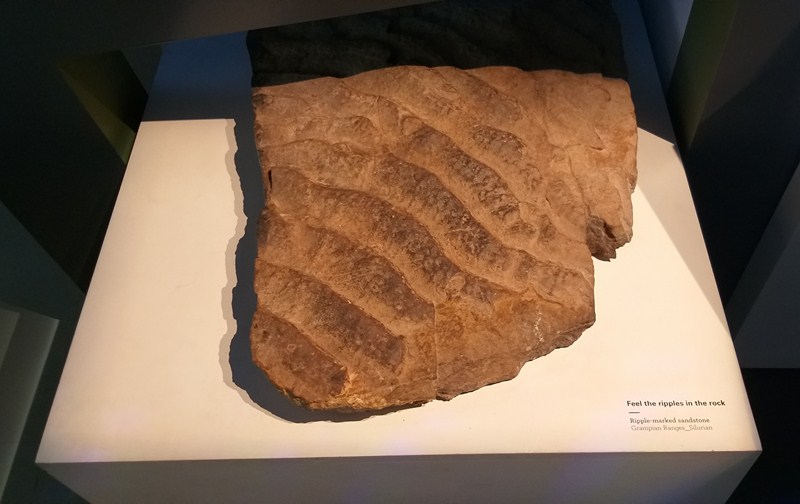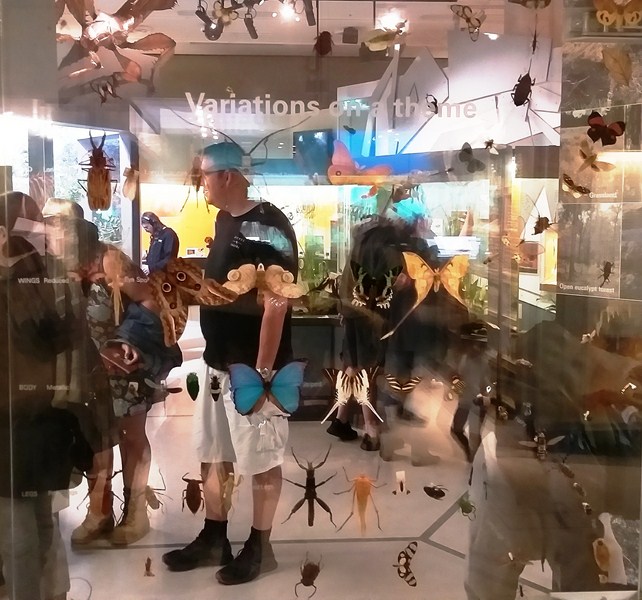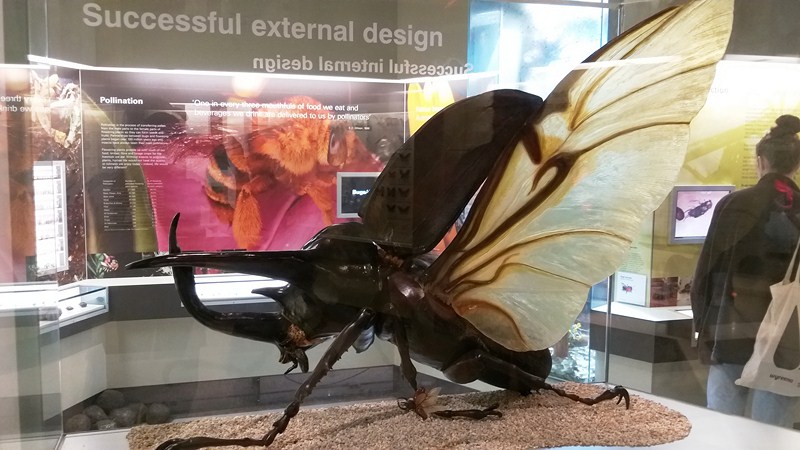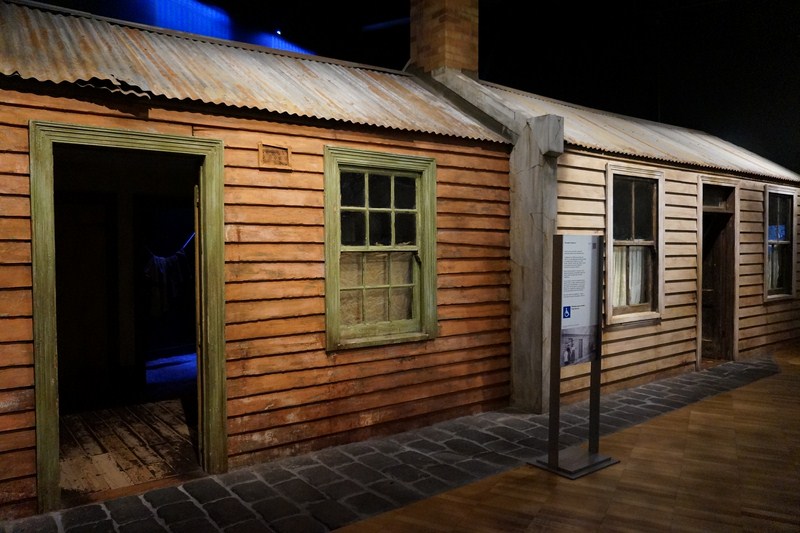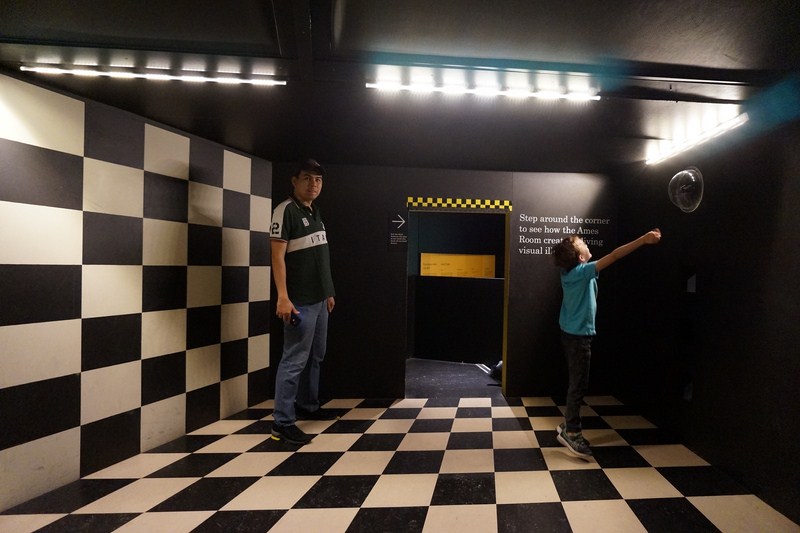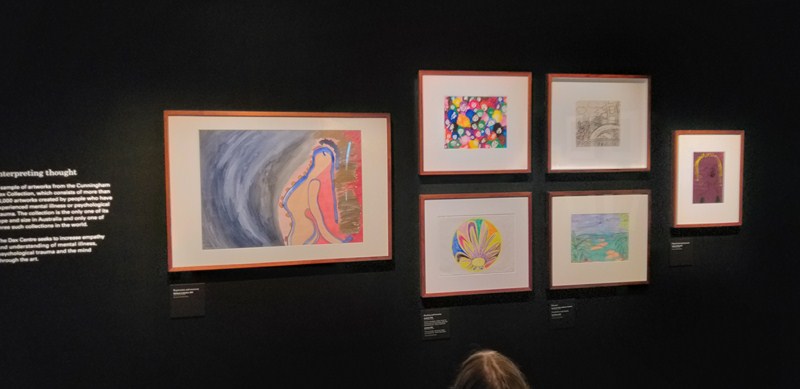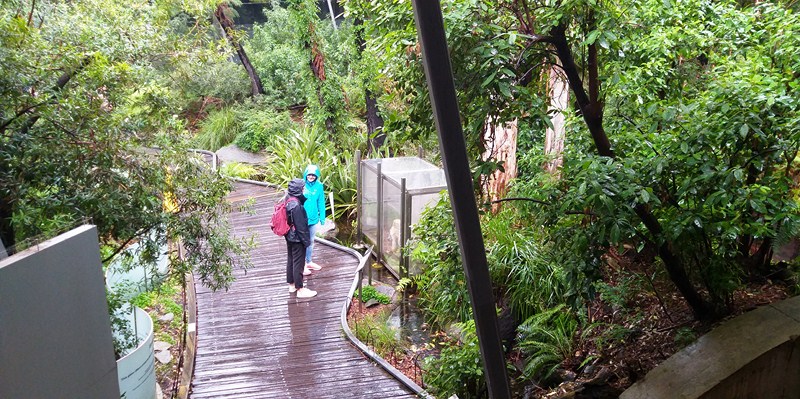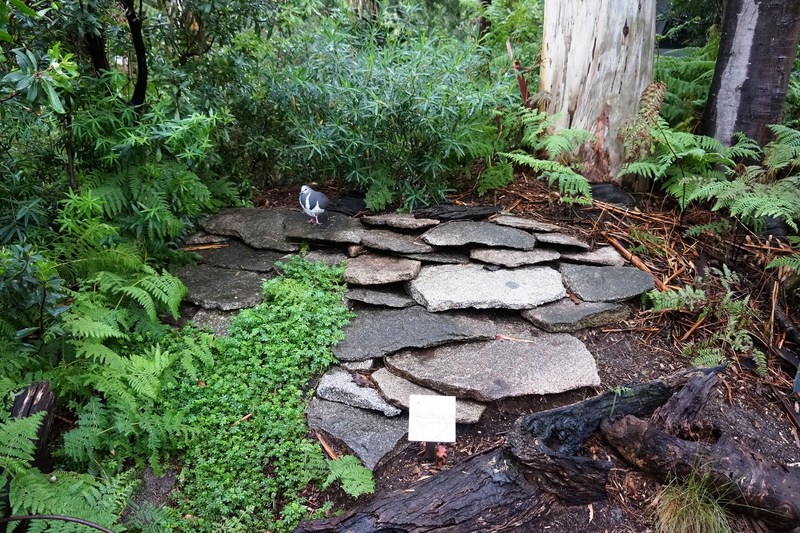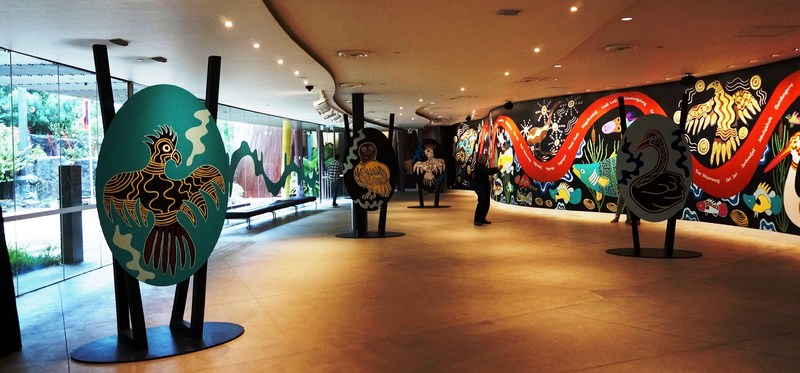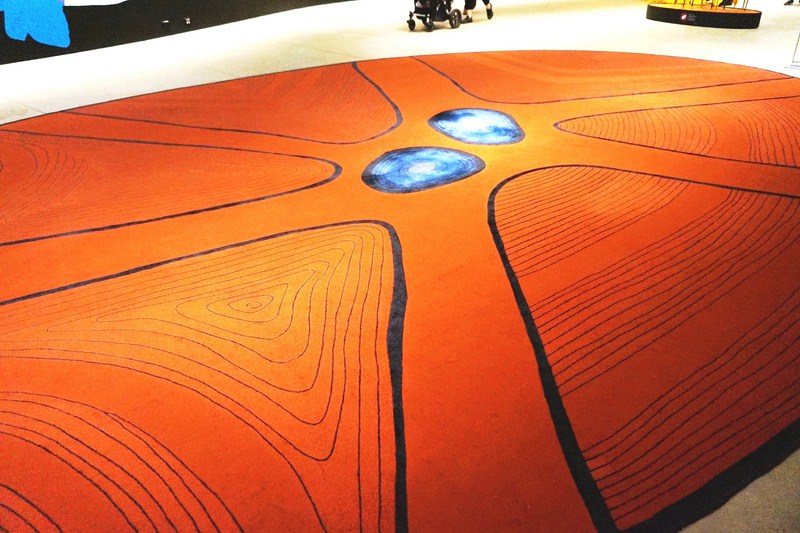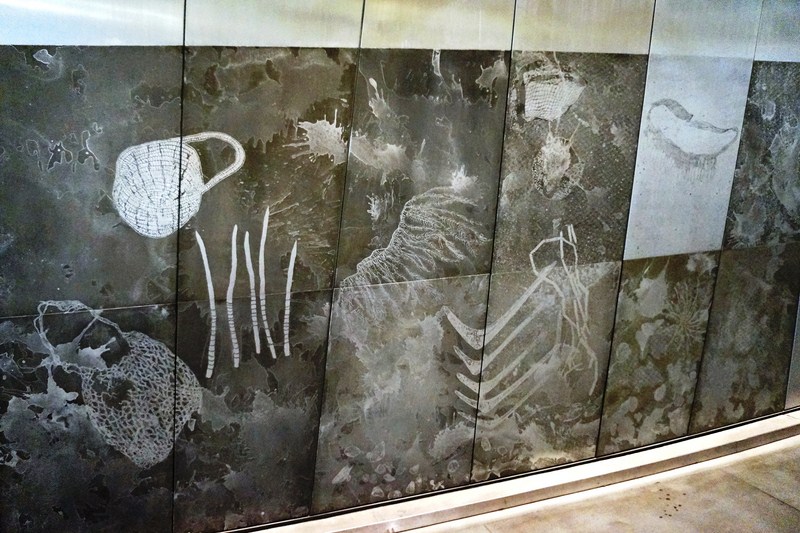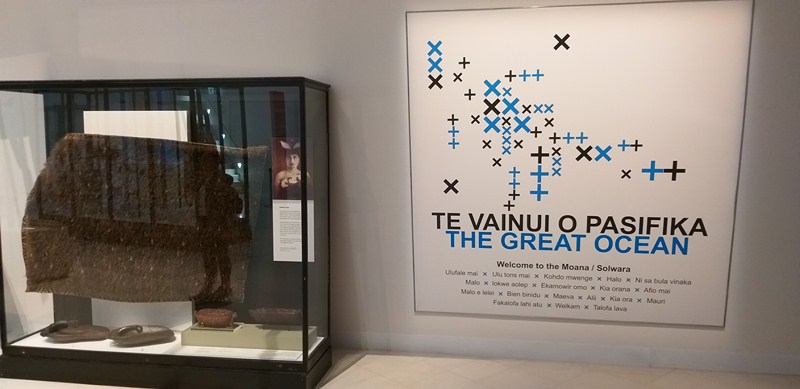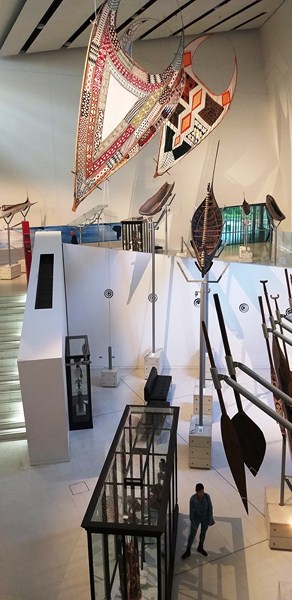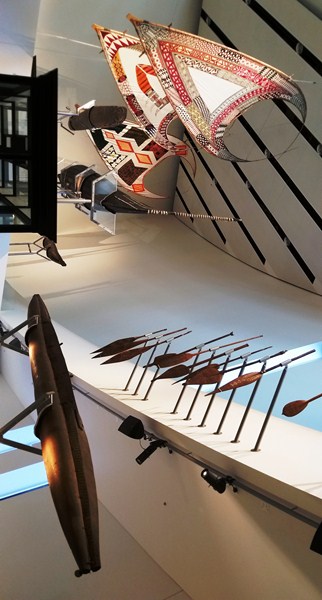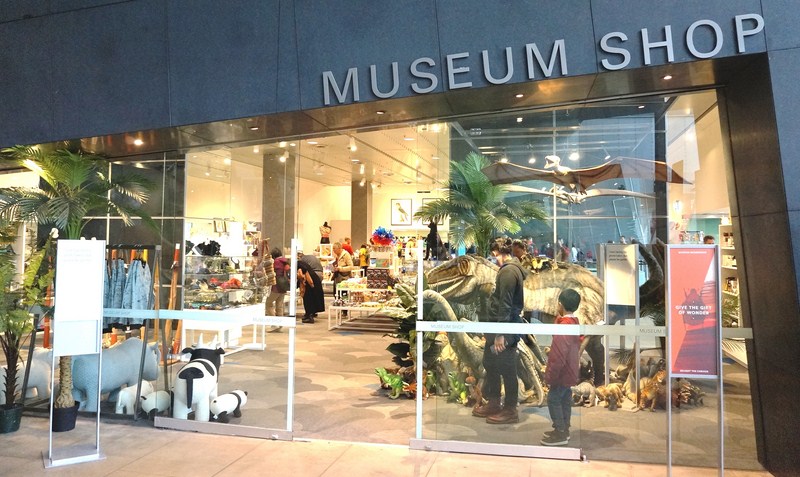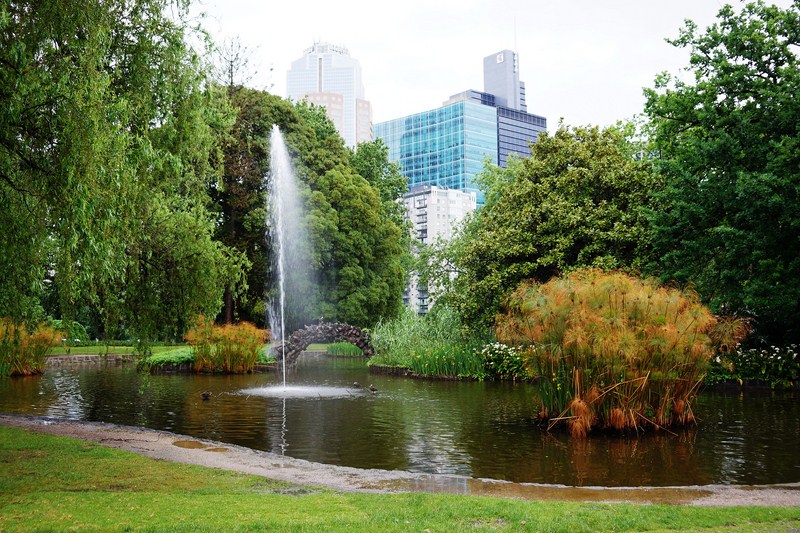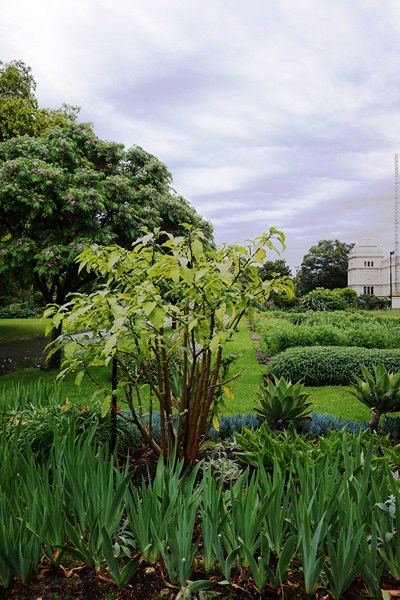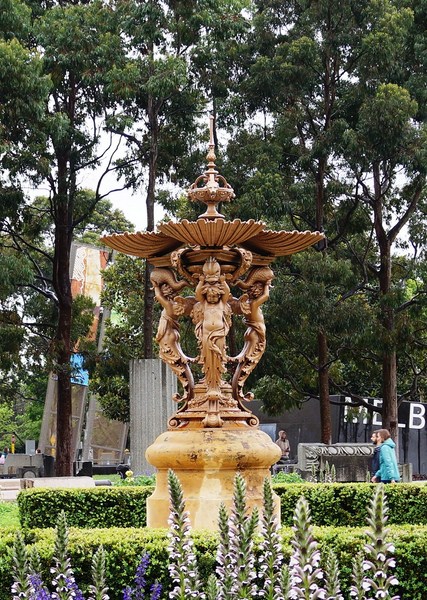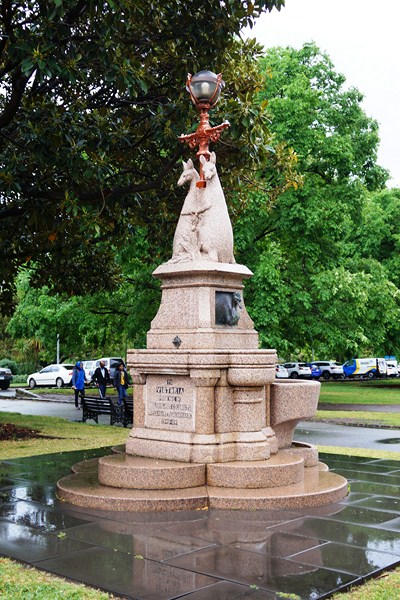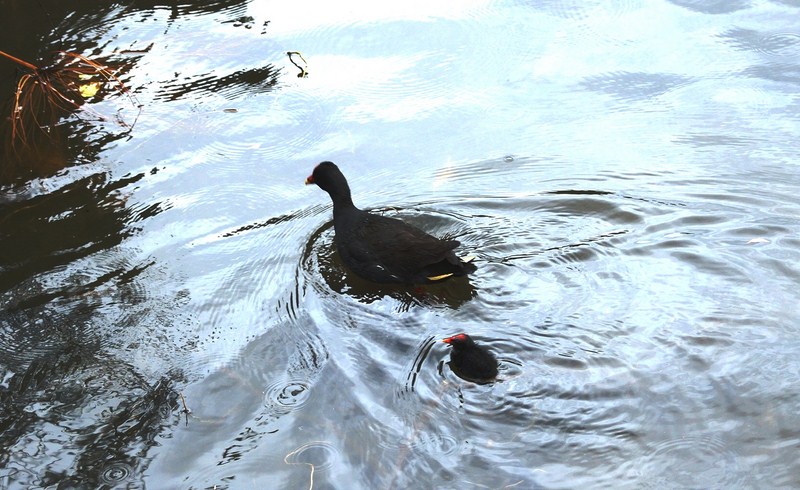Federation Square, a venue for arts, culture and public events on the edge of the Melbourne central business district, covers an area of 3.2 ha (7.9 acres) and was built above busy railway lines and across the road from Flinders Street station.
It incorporates major cultural institutions (Ian Potter Centre, ACMI, Koorie Heritage Trust, etc.) as well as cafes and bars, in a series of buildings centered around a large paved square, and a glass walled atrium.
Check out “Ian Potter Centre: NGV Australia“
Melbourne’s central city grid was designed without a central public square, long seen as a missing element. From the 1920s there were proposals to roof the railway yards on the southeast corner of Flinders and Swanston Streets for a public square, with more detailed proposals prepared in the 1950s and 1960s.
In the 1960s, the Melbourne City Council decided that the best place for the City Square was the corner of Swanston and Collins Streets, opposite the town hall. The first temporary square opened in 1968, and a permanent version opened in 1981. It was however not considered a great success, and was redeveloped in the 1990s as a smaller simpler space in front of a new large hotel.
Meanwhile, in the late 1960s, a small part of the railway lines had been partly roofed by the construction of the Princes Gate Towers, known as the Gas & Fuel Buildings after their major tenant, the Gas and Fuel Corporation, over the old Princes Bridge station.
This included a plaza on the corner, which was elevated above the street and little used. Between the plaza and Batman Avenue, which ran along the north bank of the Yarra River, were the extensive Jolimont Railway Yards, and the through train lines running into Flinders Street station under Swanston Street.
This open public square had its beginnings in 1996 when the then Premier Jeff Kennett announced that the Gas & Fuel Buildings would be demolished, the rail yards roofed and a complex including arts facilities and a large public space to be named Federation Square would be built.
It was opened in 2001, in time to celebrate the centenary of Australia’s Federation, and included performing arts facilities, a gallery, a cinemedia center, the public space, a glazed winter garden, and ancillary cafe and retail spaces.
Built at a cost of approximately $467 million (over four times the original estimate of between $110 and $128 million), its main funding came primarily from the state government, some from the federal government, $64 million from the City of Melbourne while private operators and sponsors paid for fit outs or naming rights. The square was opened on October 26, 2002.
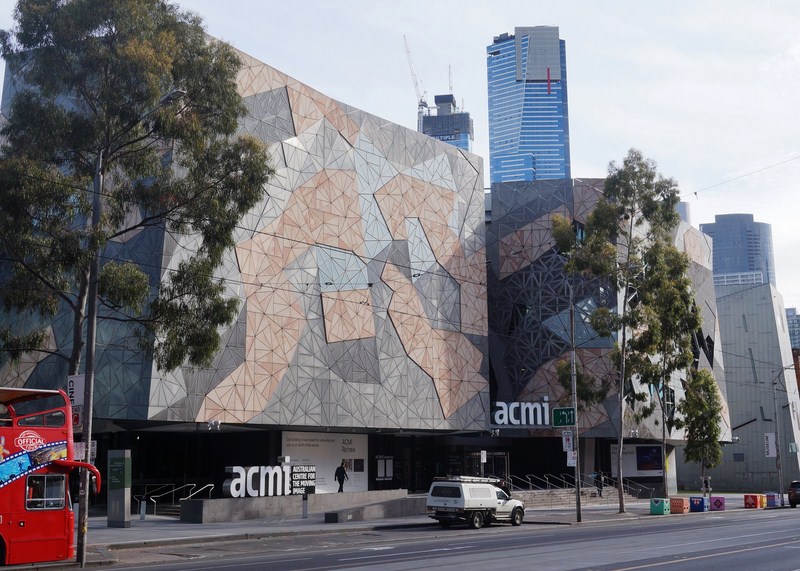
Australian Centre for the Moving Image (ACMI) – Australia’s national museum of film, video games, digital culture and art
In 2006, the vaults under Princes Walk (a former roadway) were redeveloped by Federation Wharf into a large bar, with extensive outdoor areas on the Yarra riverbank, with elevator access to Federation Square.
In October 2011, Elizabeth II visited Federation Square. On October 2018, an interim decision to list Fed Square to the Victorian Heritage Register resulted in the square being formally listed in August 2019.
Occupying roughly a whole urban block bounded by Swanston, Flinders, and Russell Streets and the Yarra River, Federation Square is directly opposite Flinders Street station and St Paul’s Cathedral.
The precinct’s layout was designed to connect Melbourne’s historical central district with the Yarra River and Birrarung Marr, a new park.
Its complex and irregular design had gently angled ‘cranked’ geometries (predominating in both the planning and the facade treatment of the various buildings and the winter gardens that surrounded and defined the open spaces) while a series of ‘shards’ provided vertical accents.
Interconnected laneways and stairways and the winter garden connects Flinders Street to the Yarra River. The open square, arranged as a gently sloping amphitheater, is focused on a large viewing screen for public events, with a secondary sloped plaza area on the main corner.
Federation Square: intersection of Flinders and Swanston Streets.

